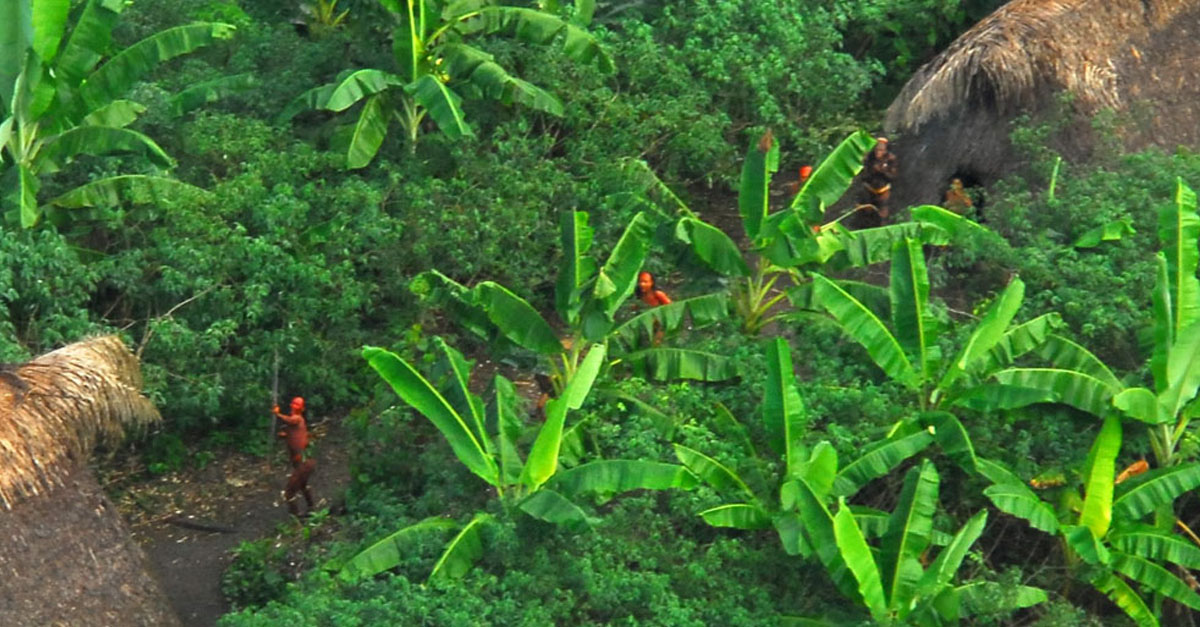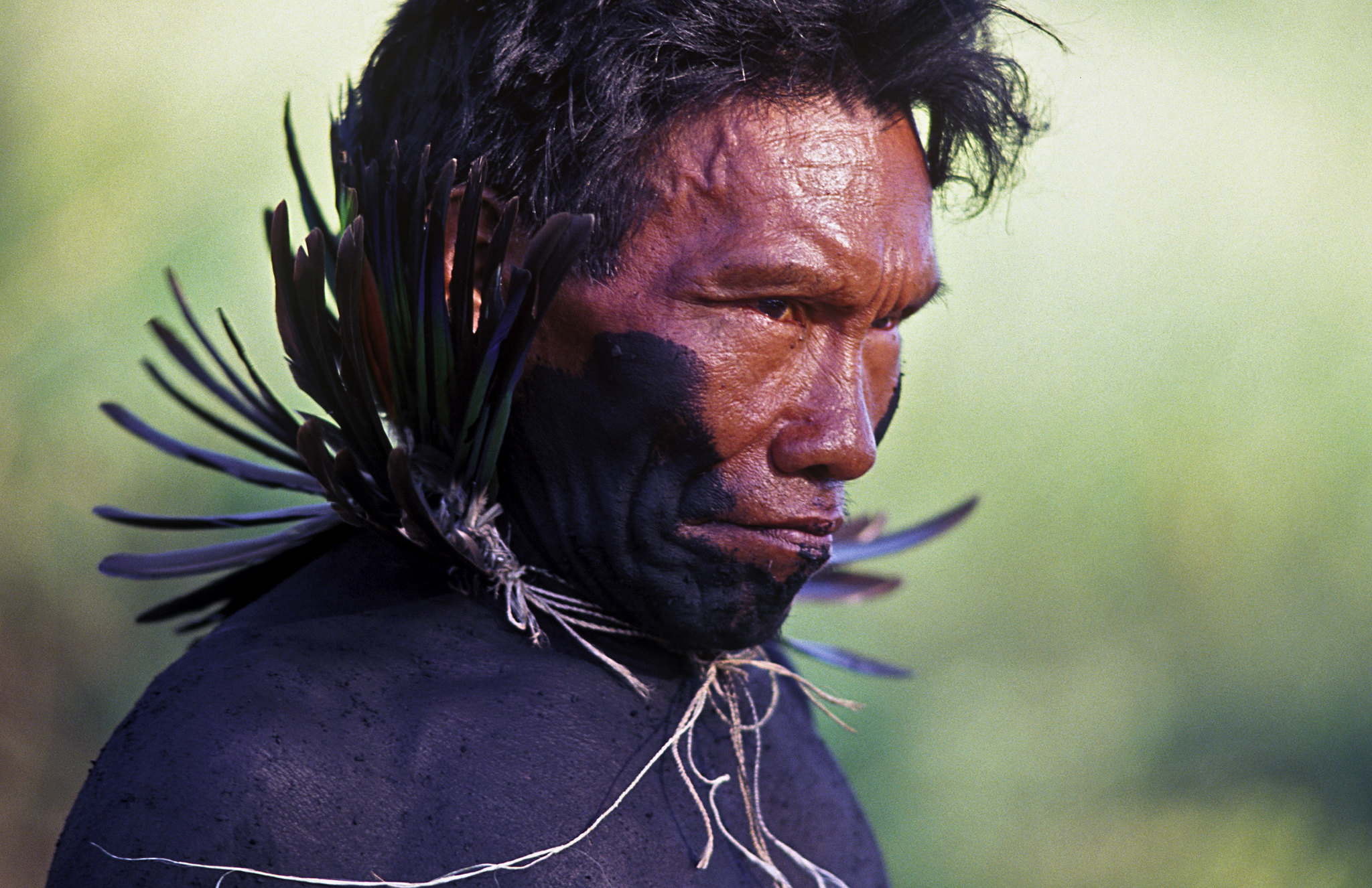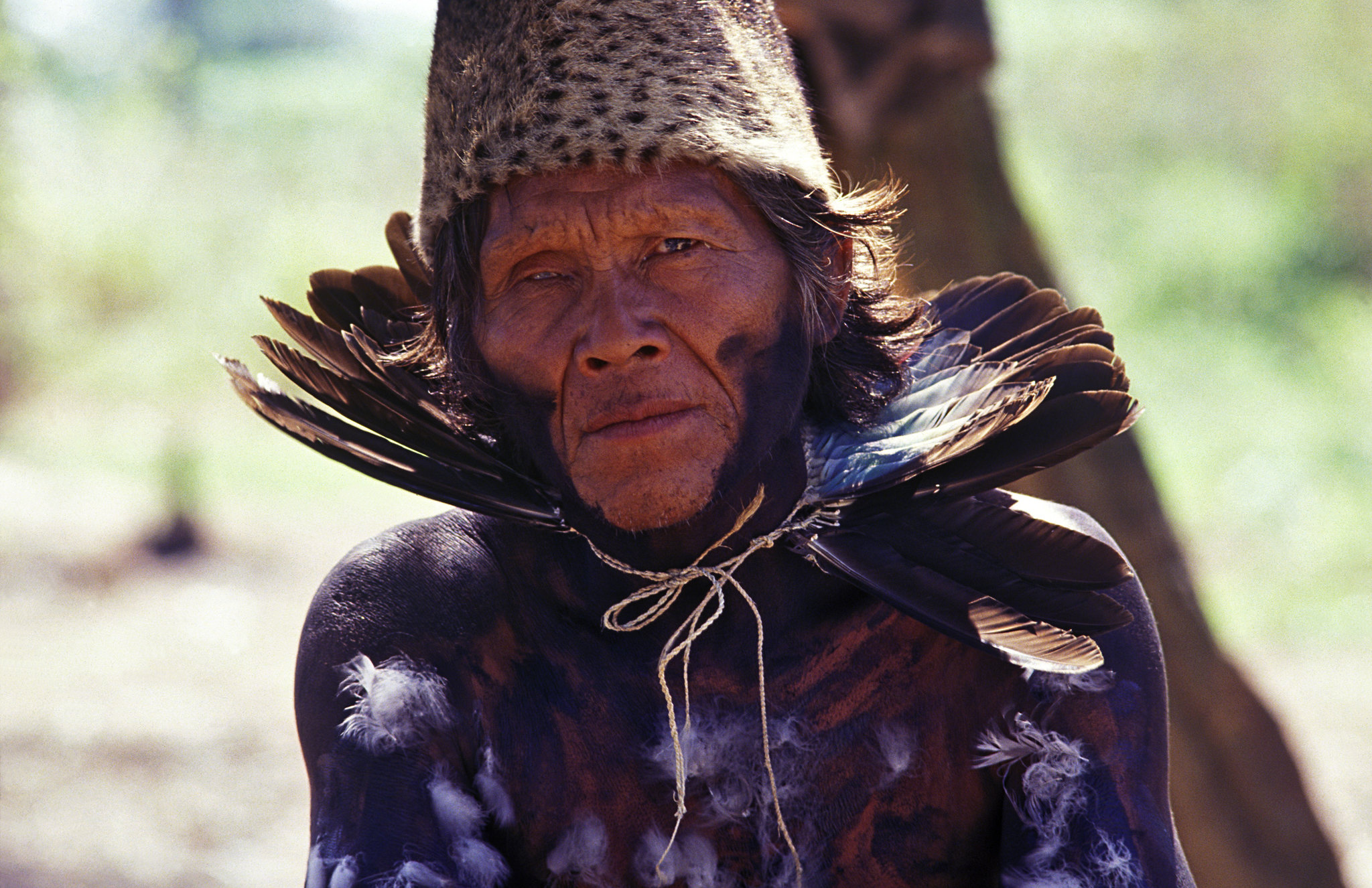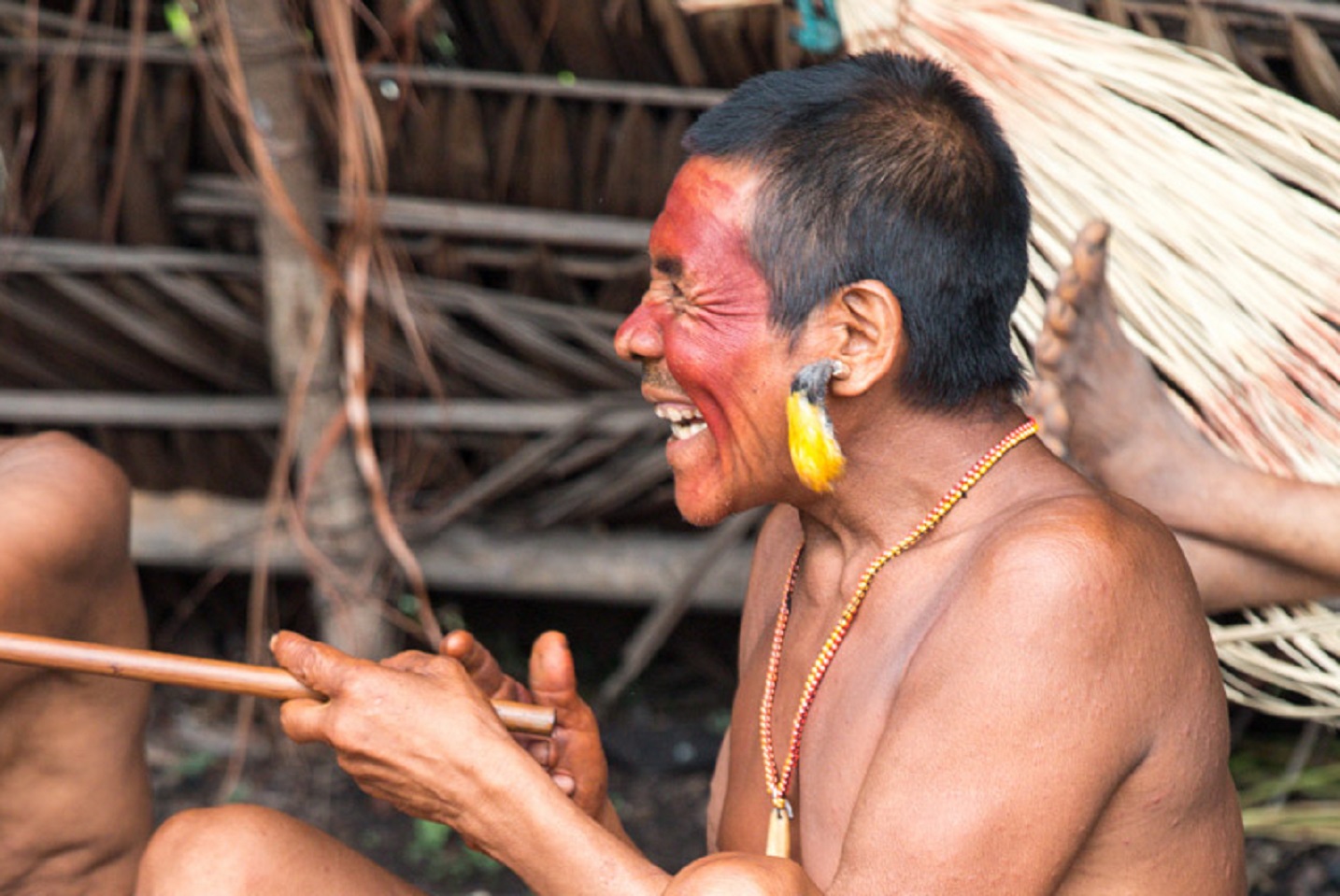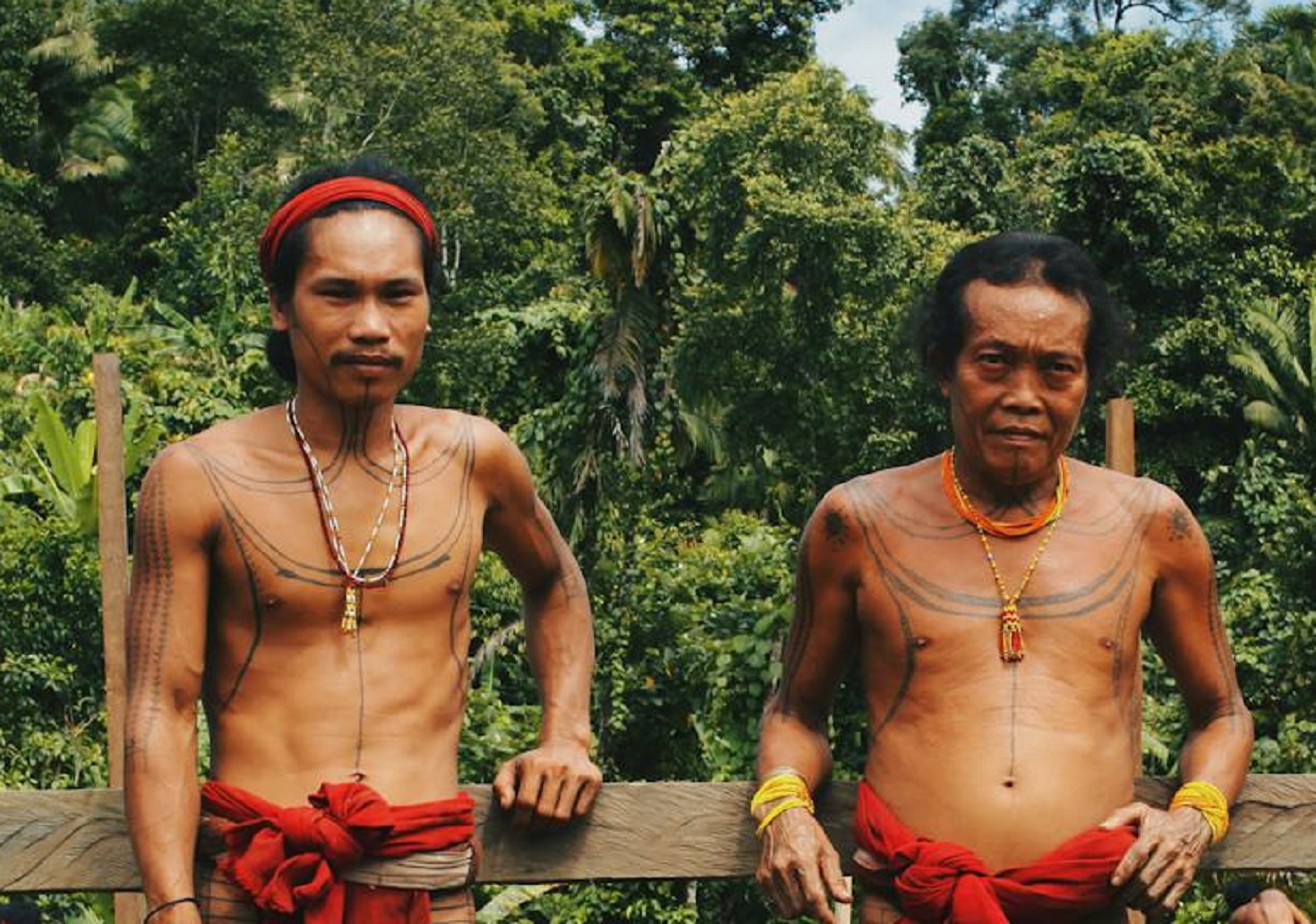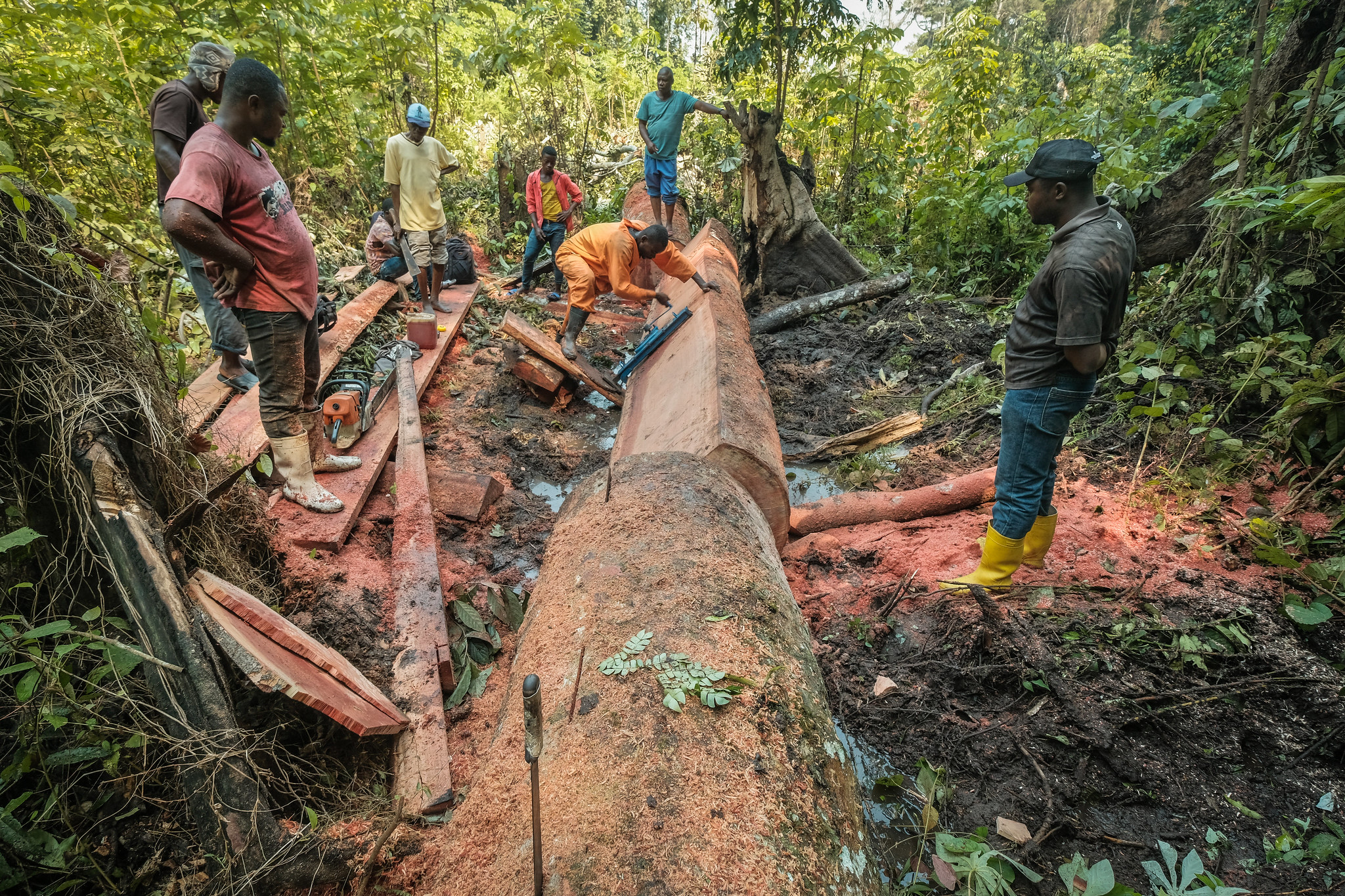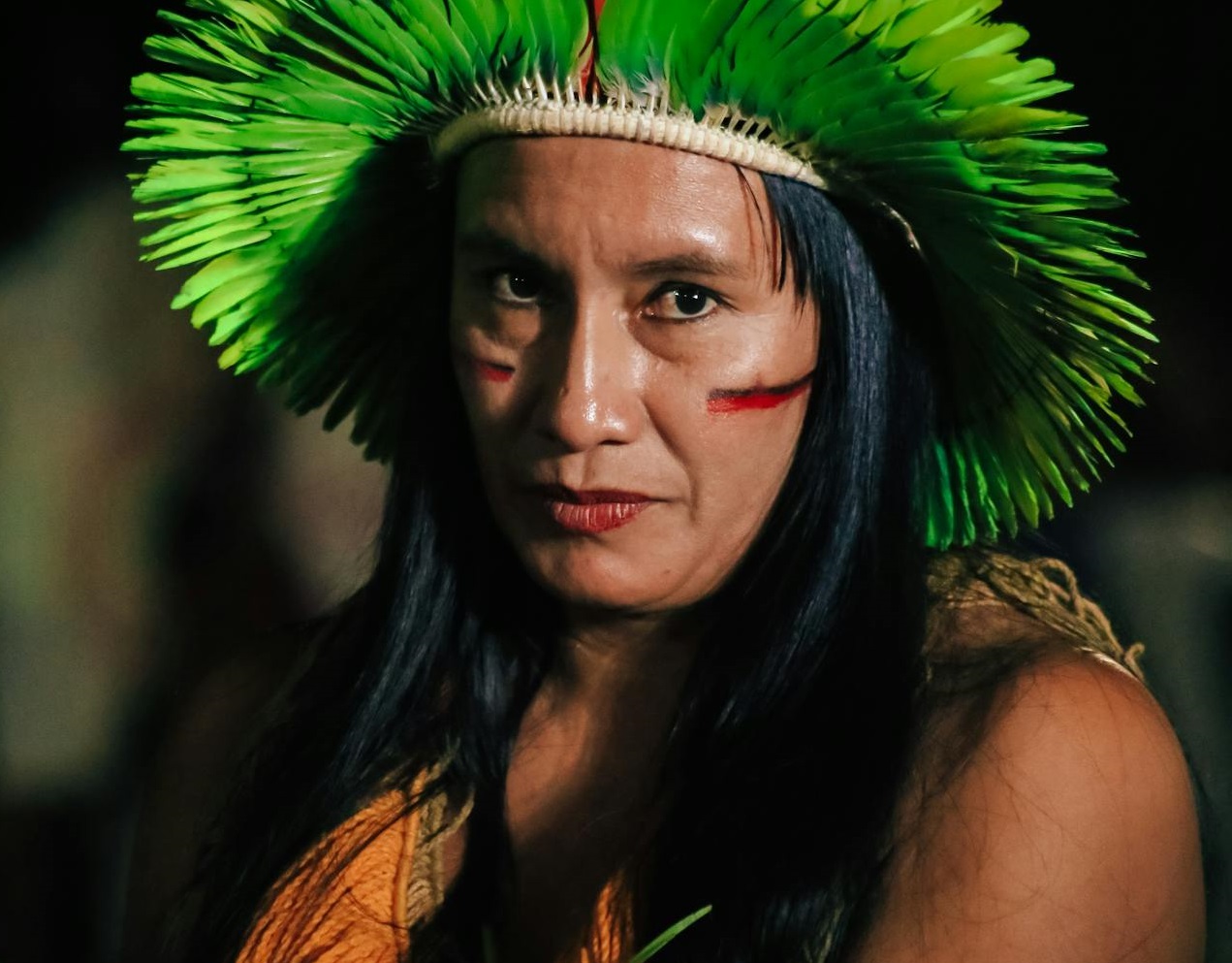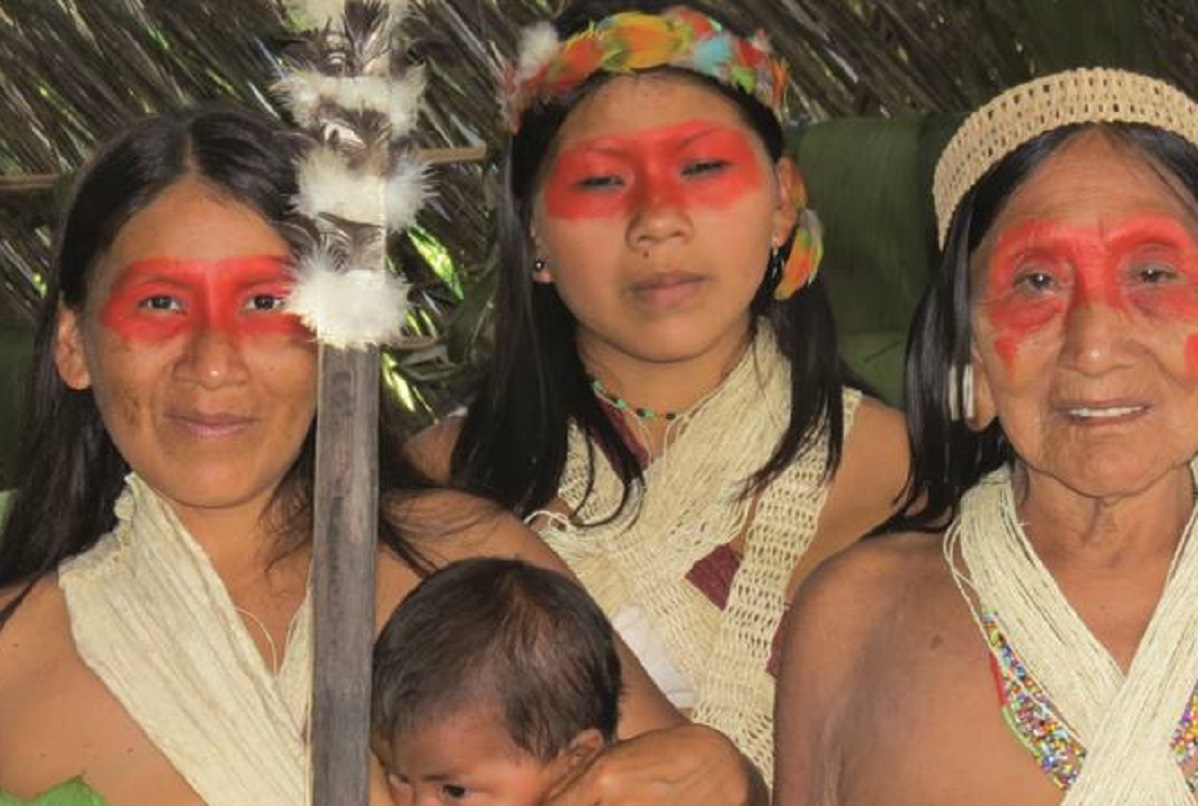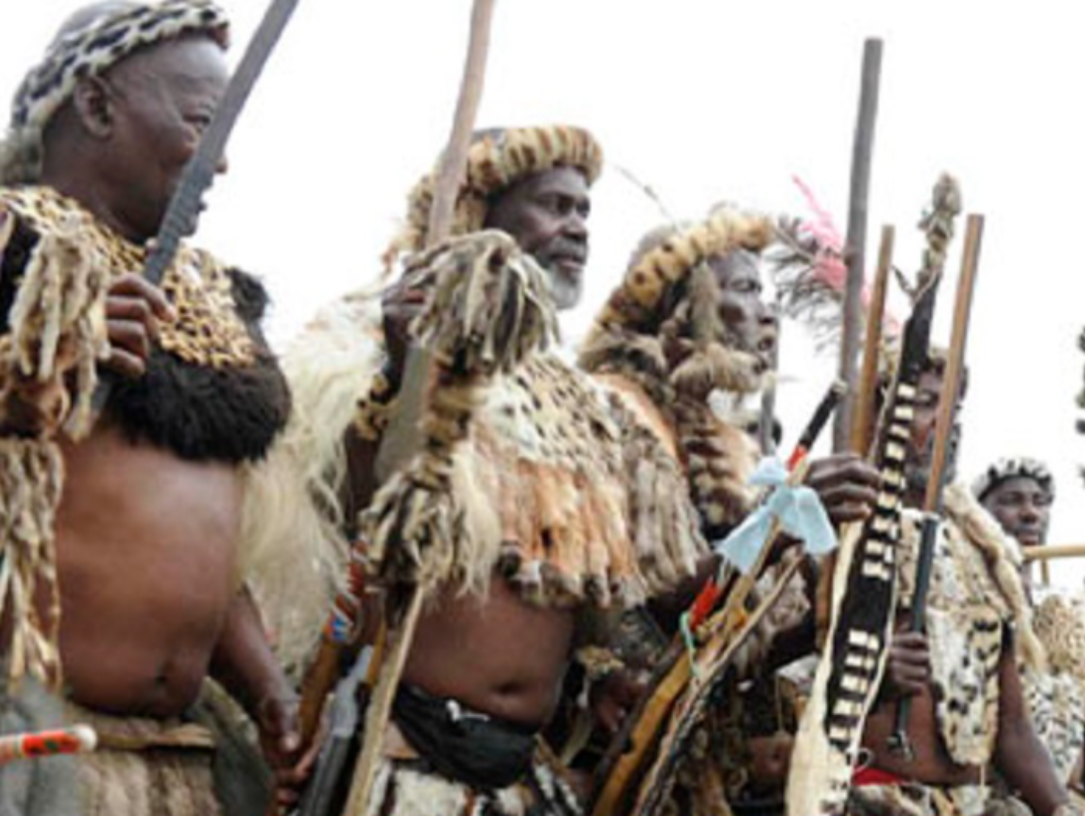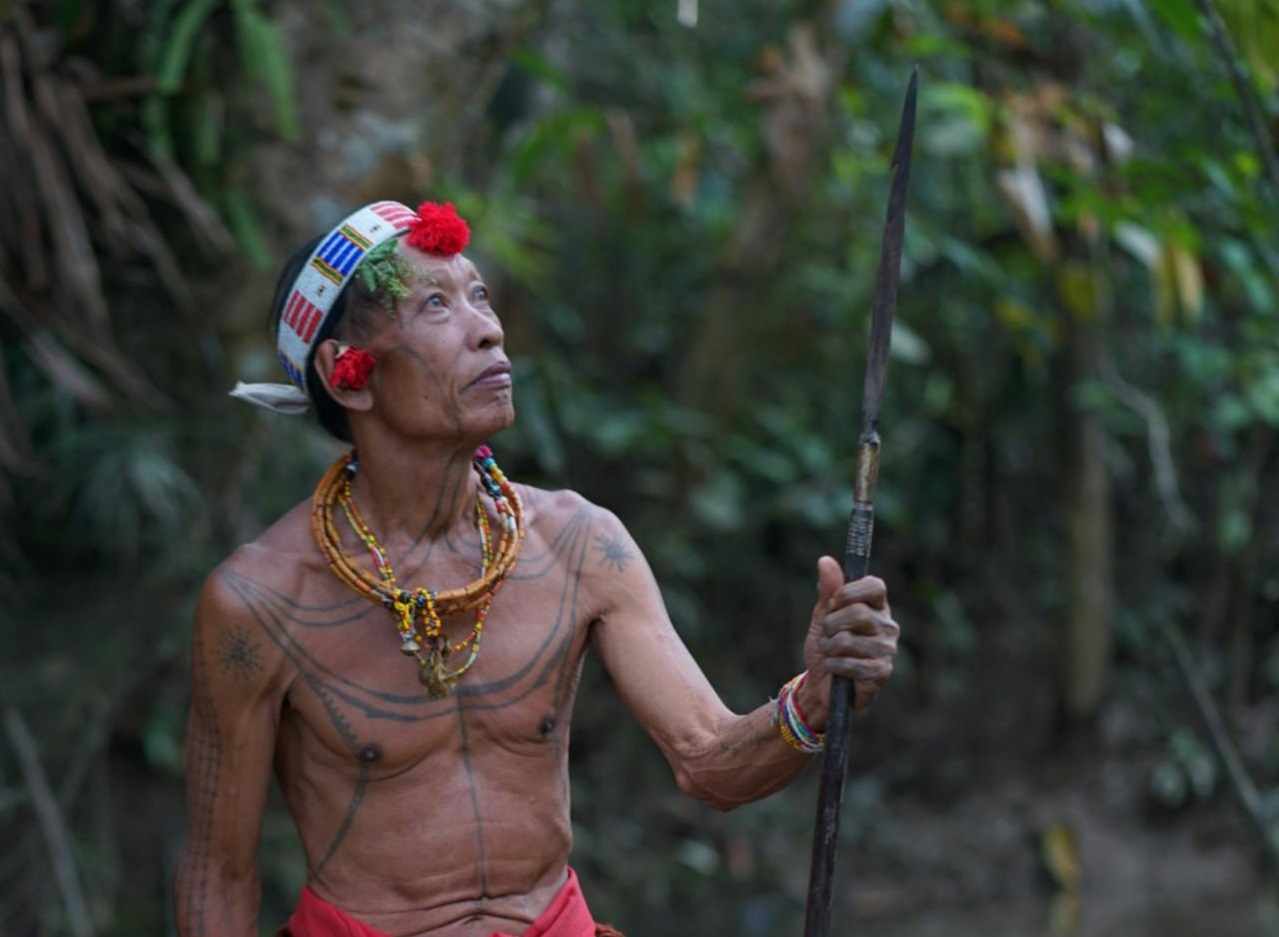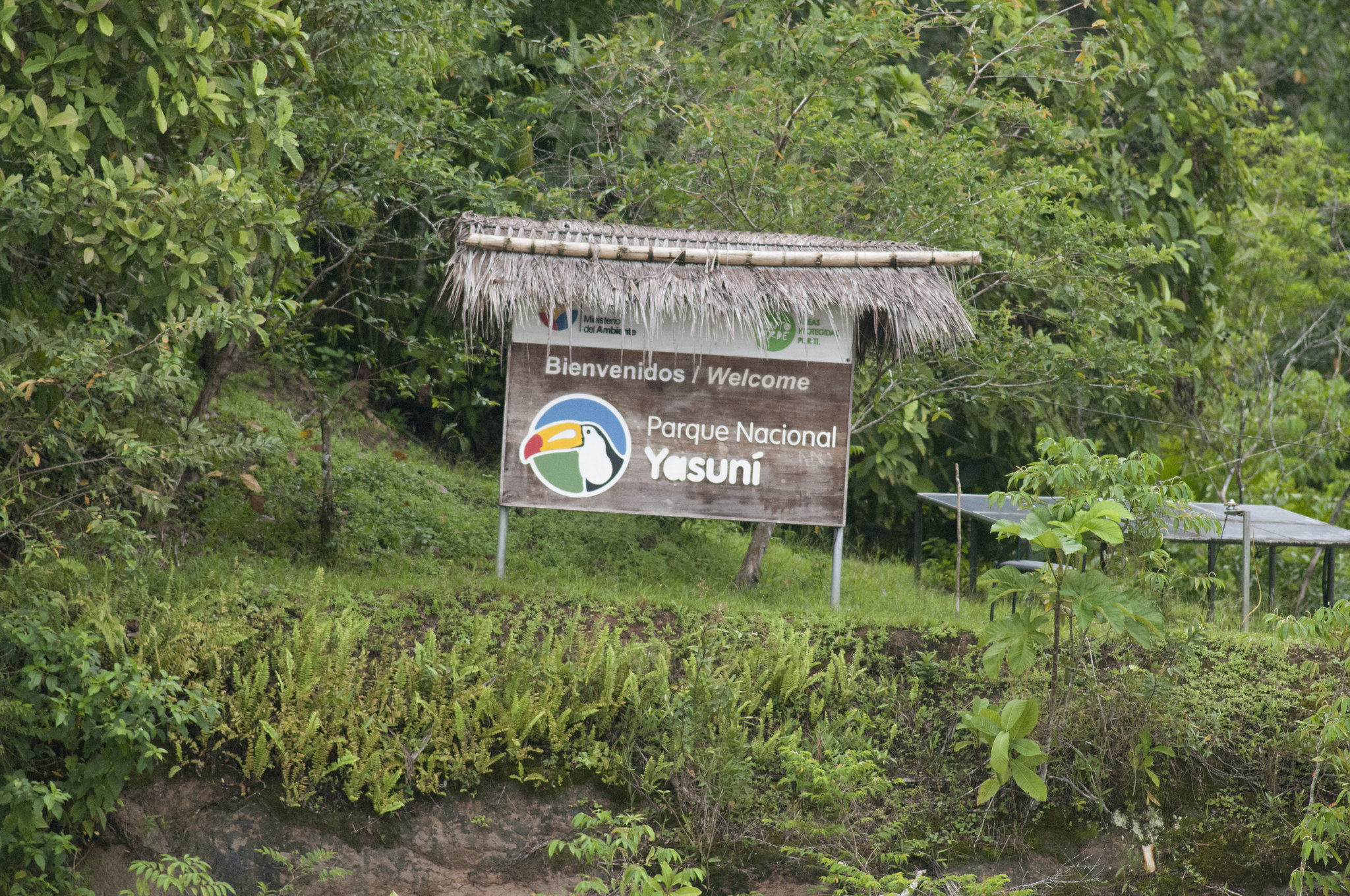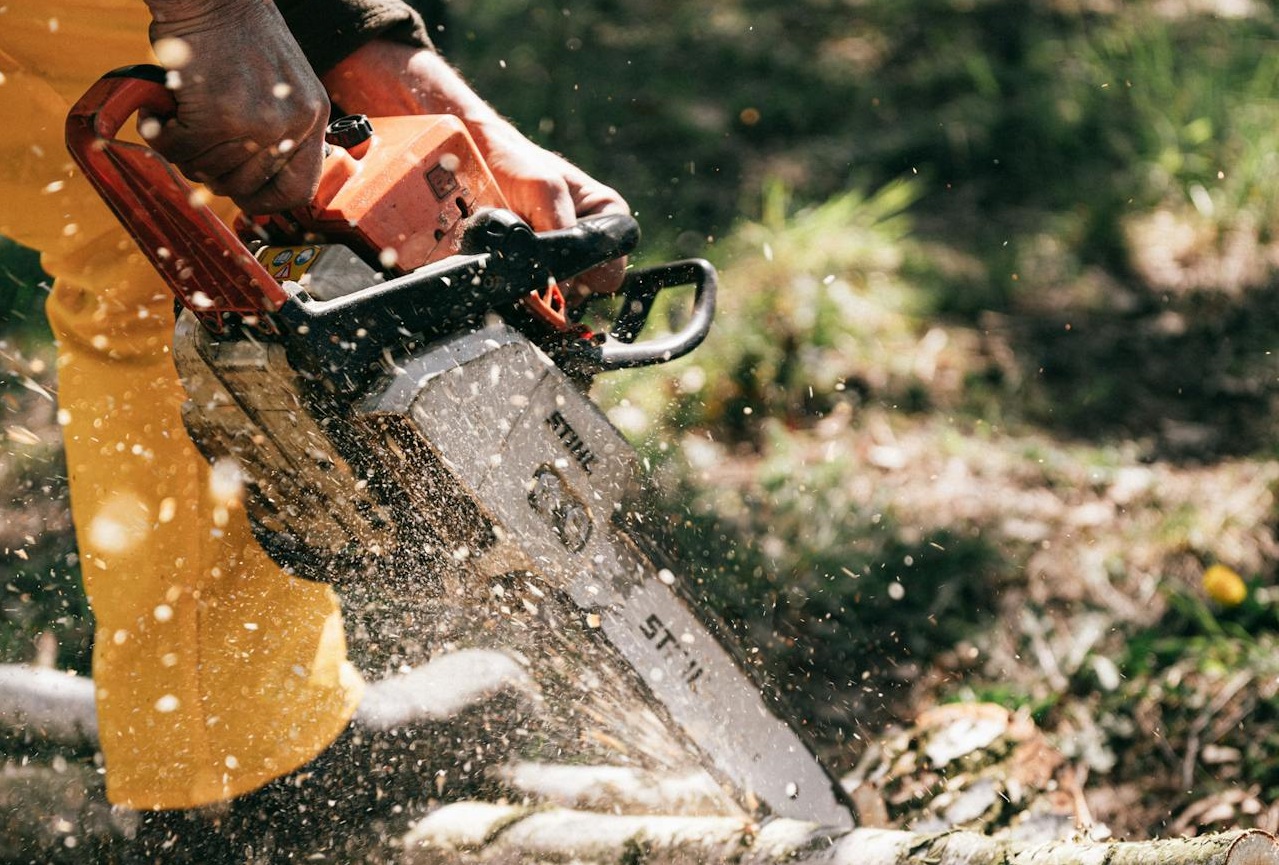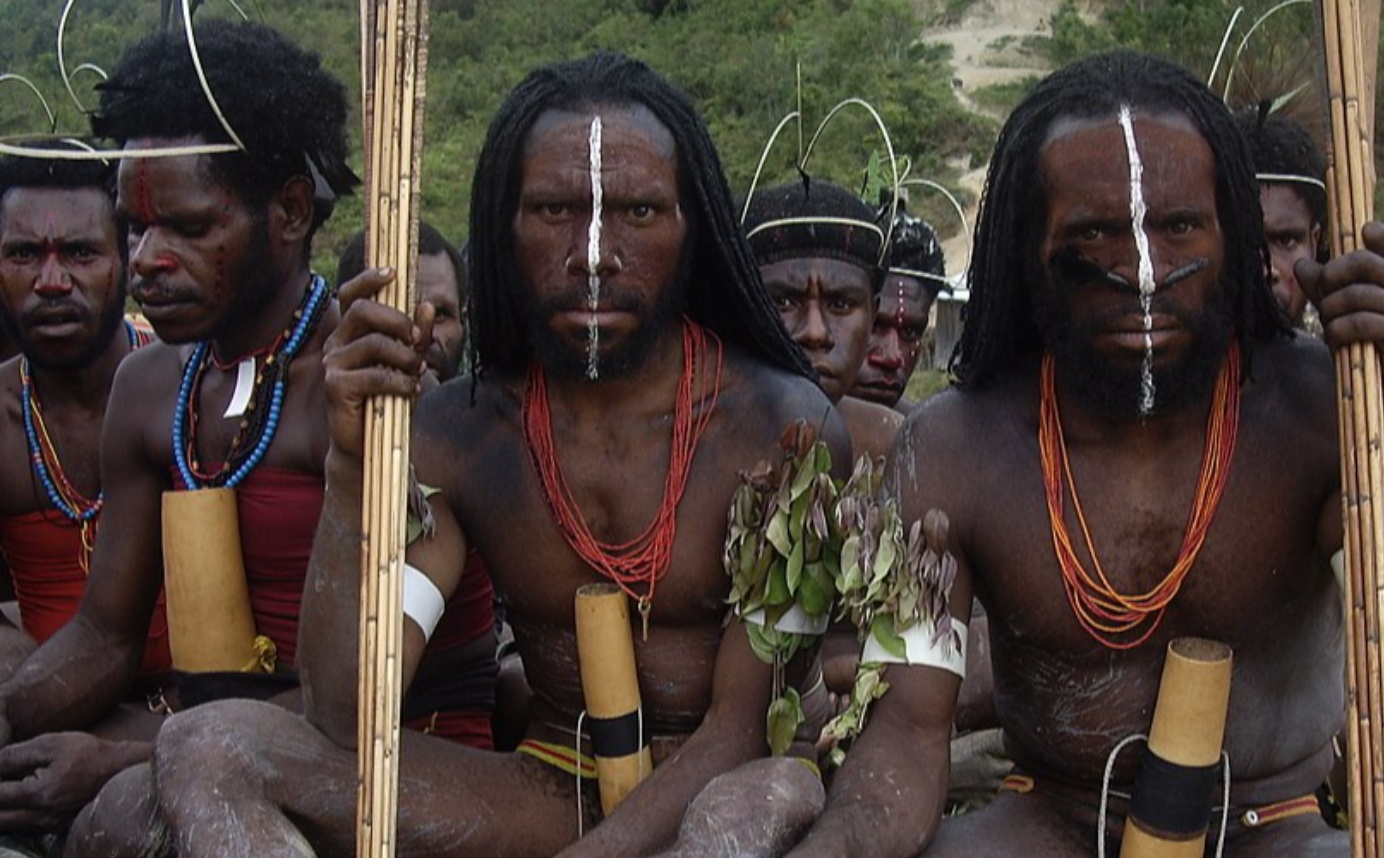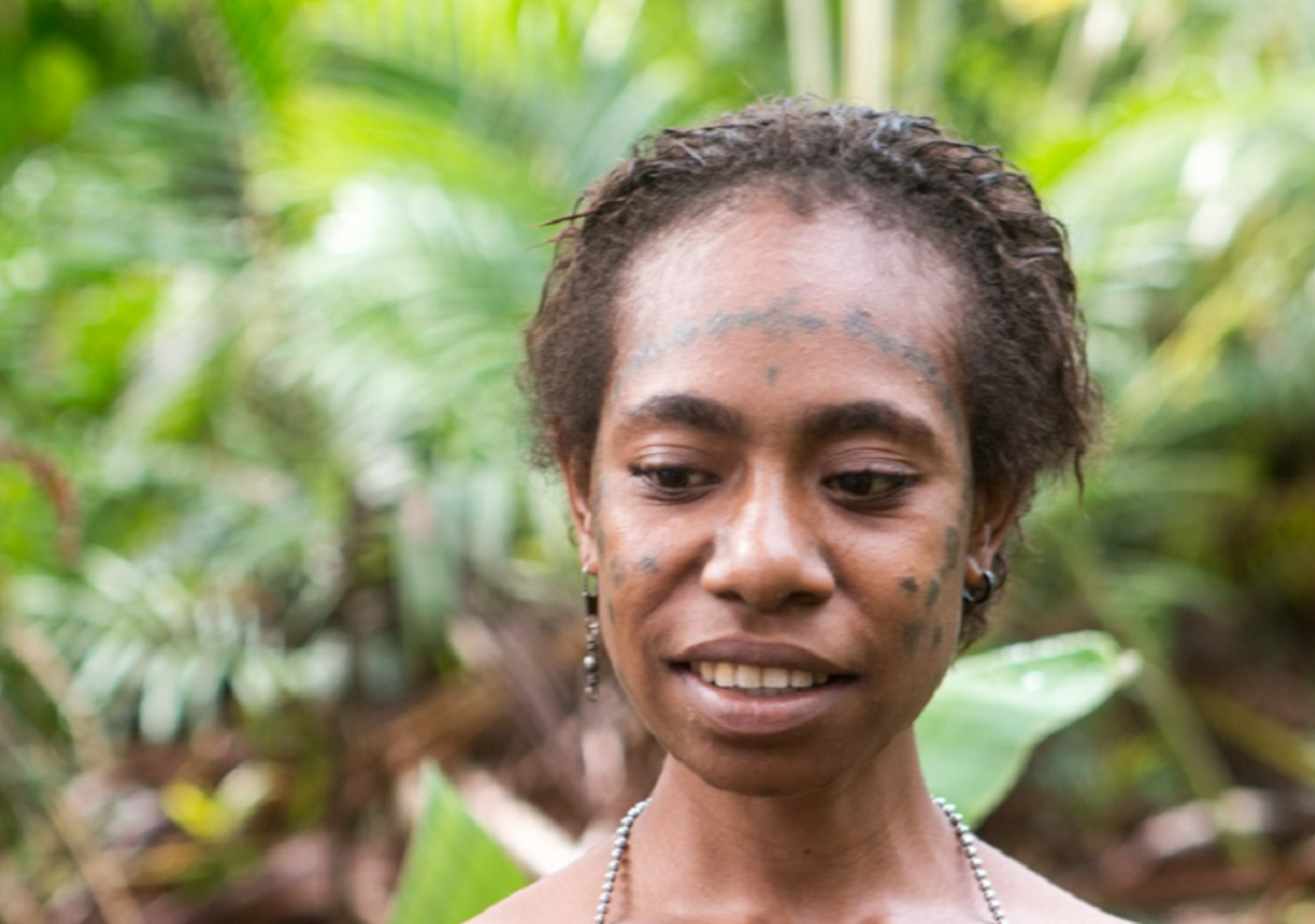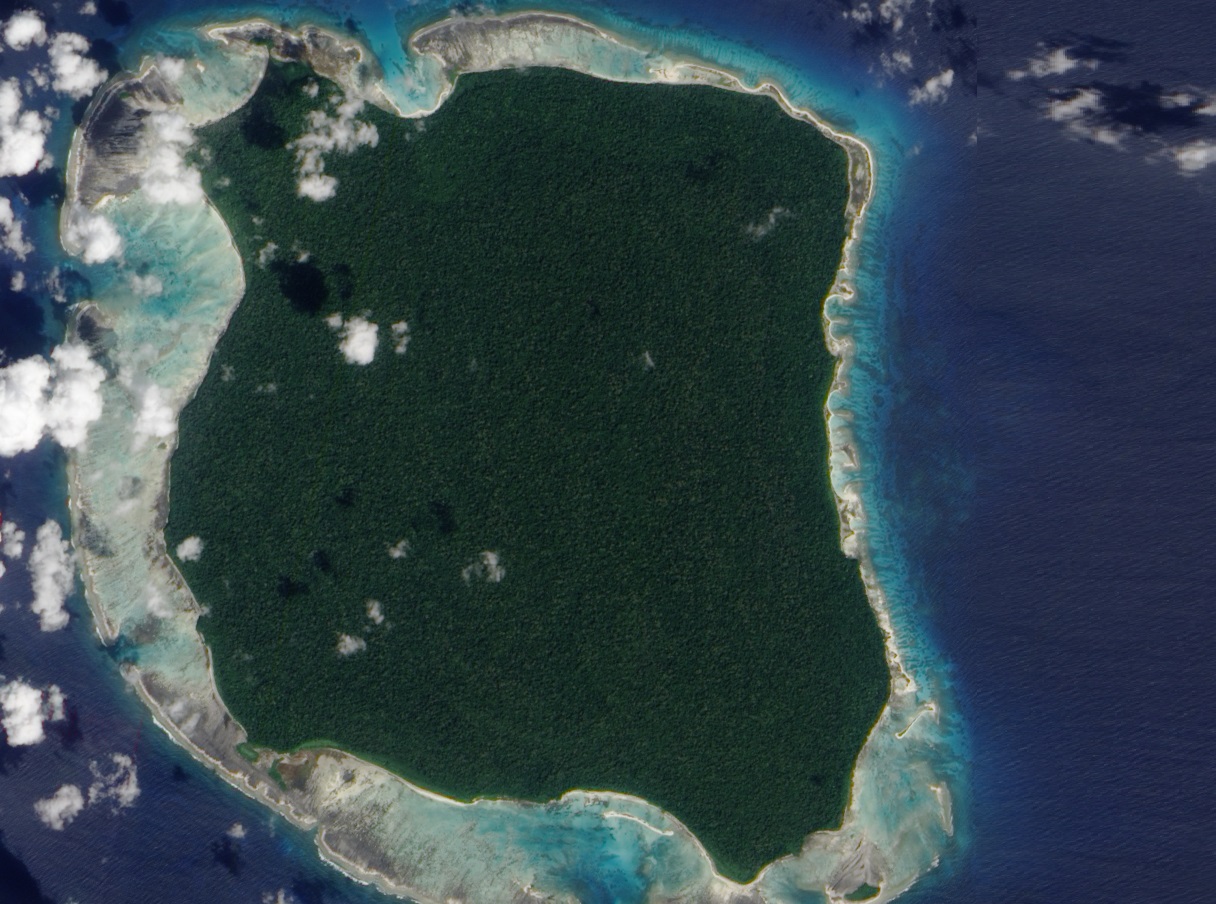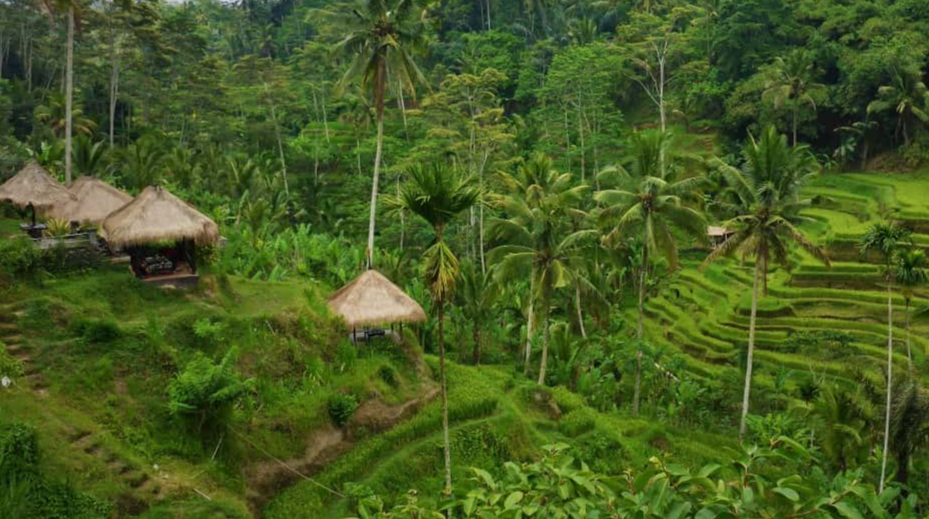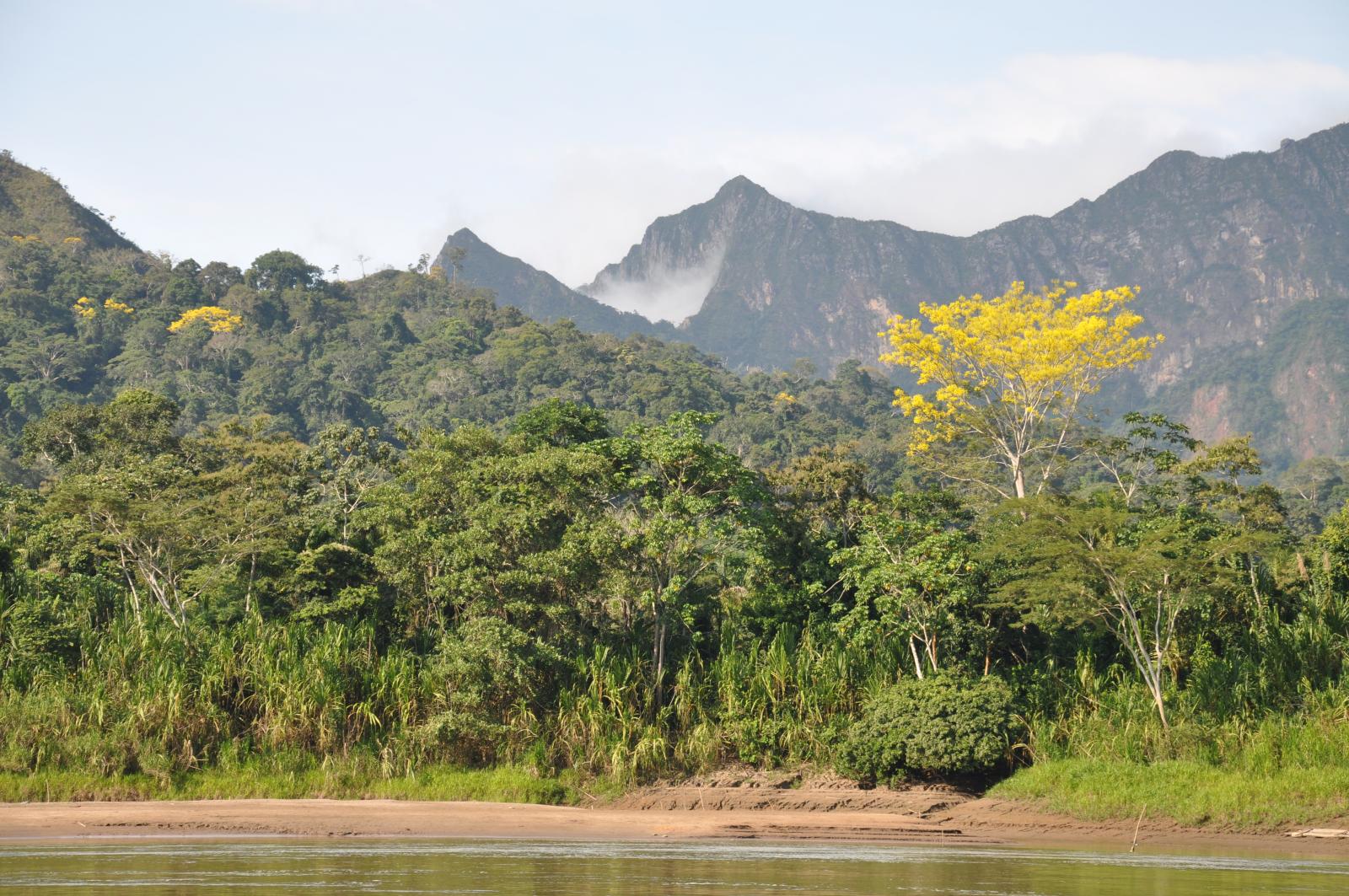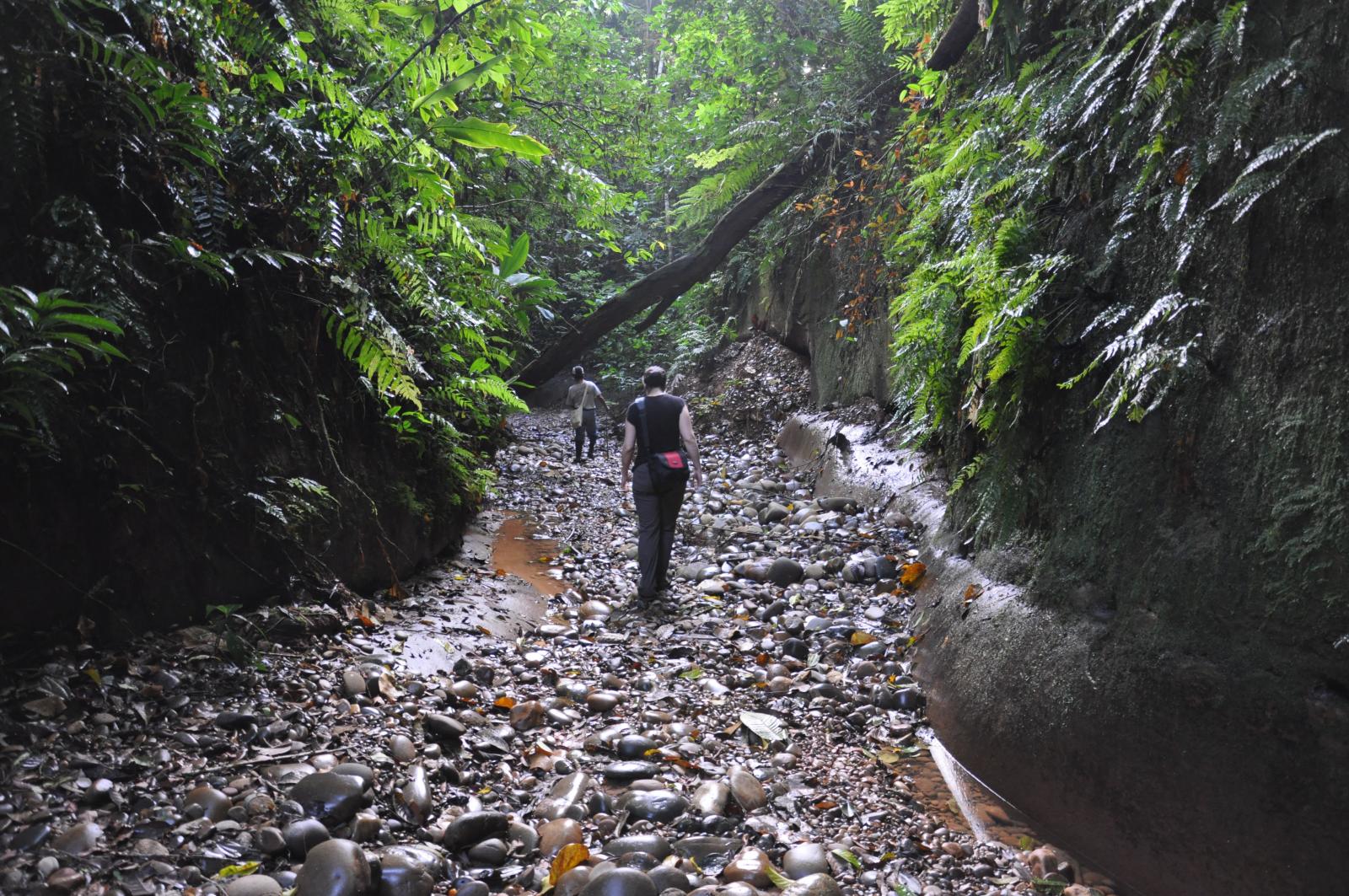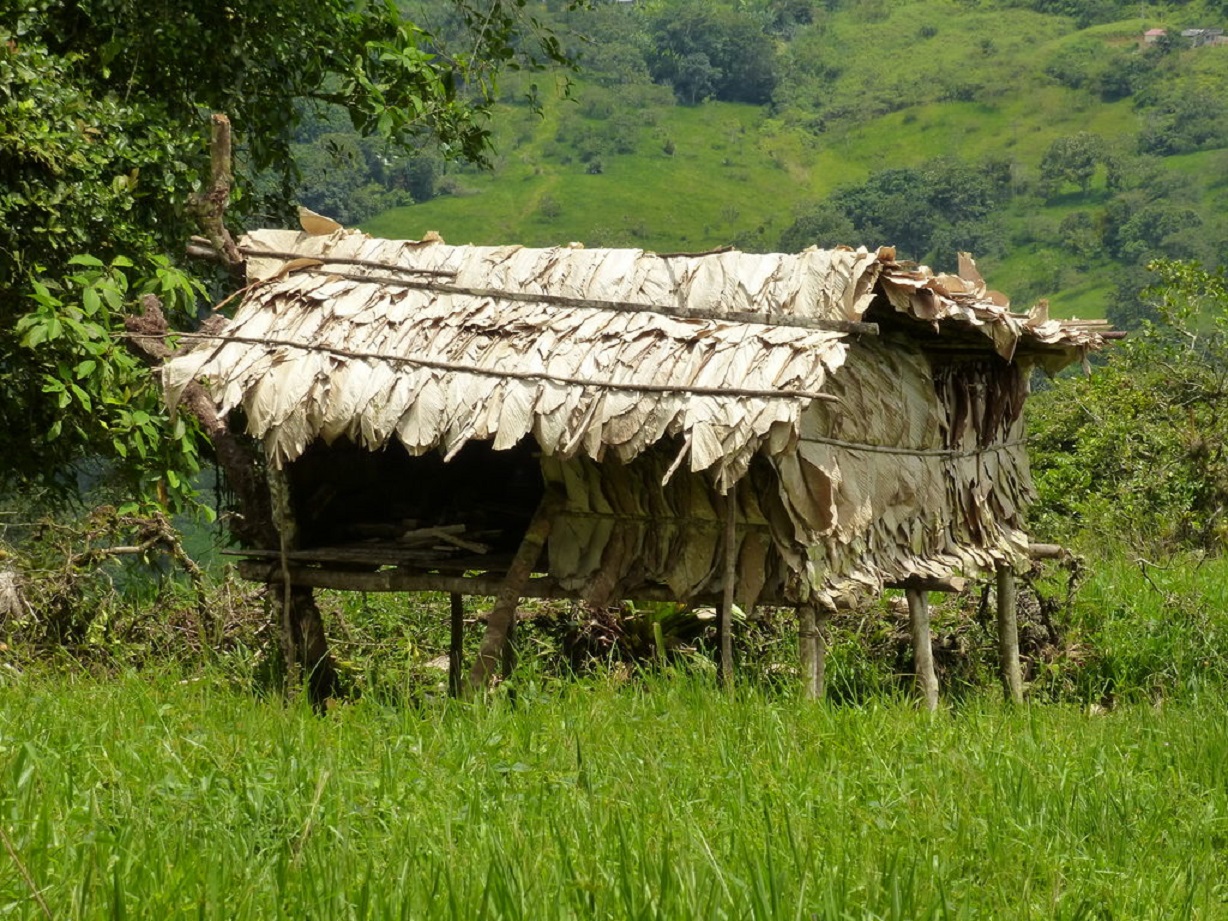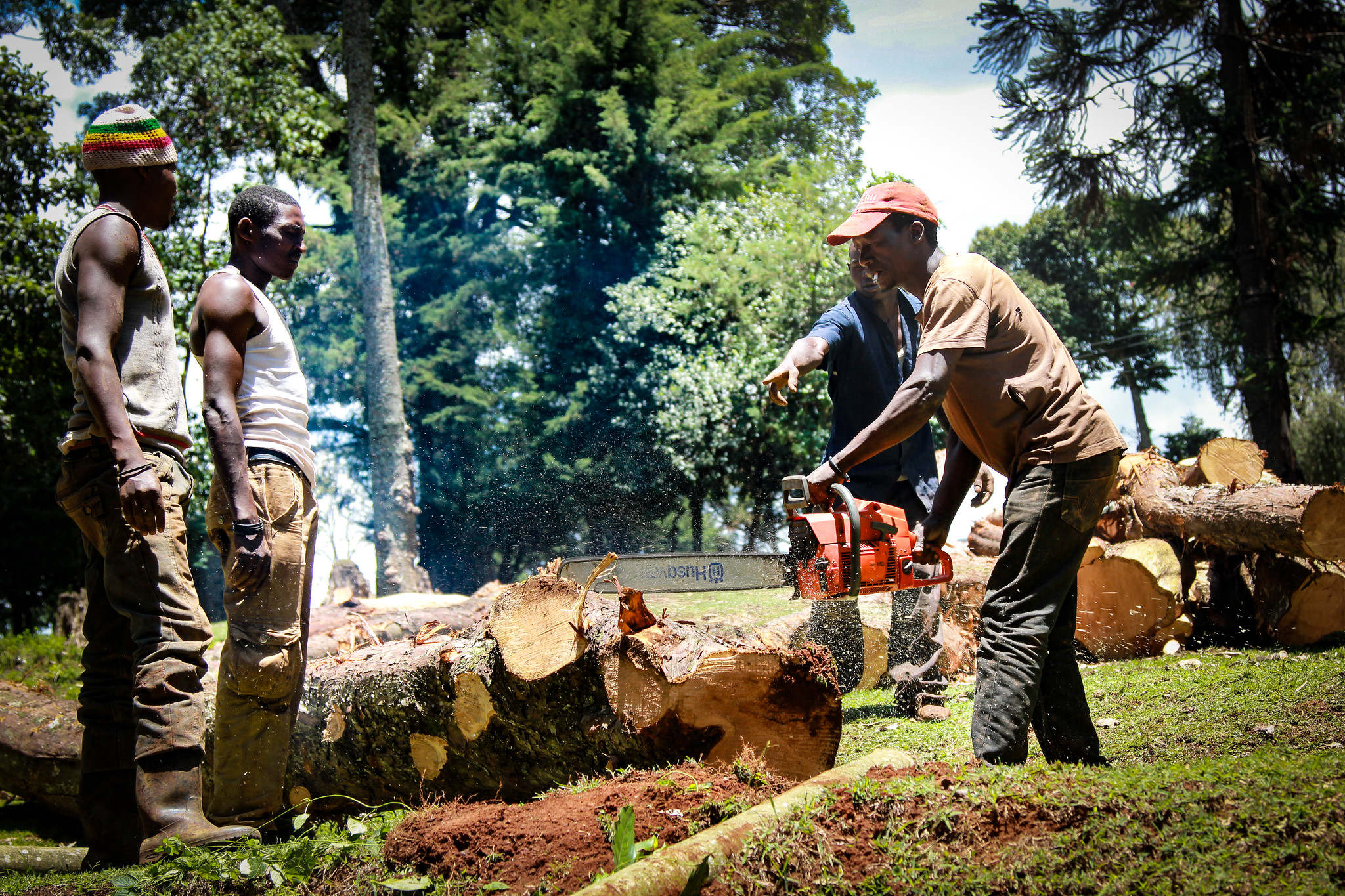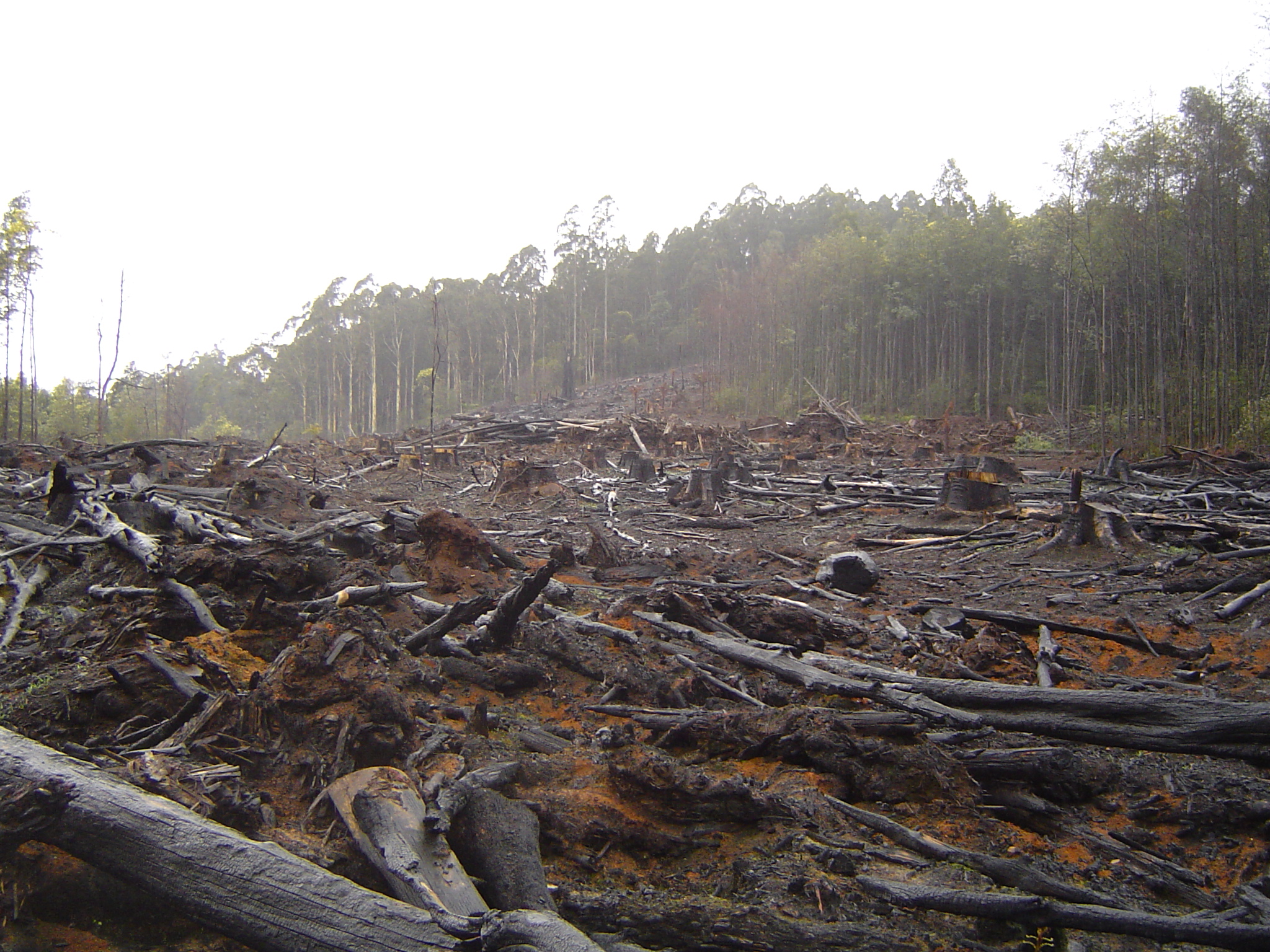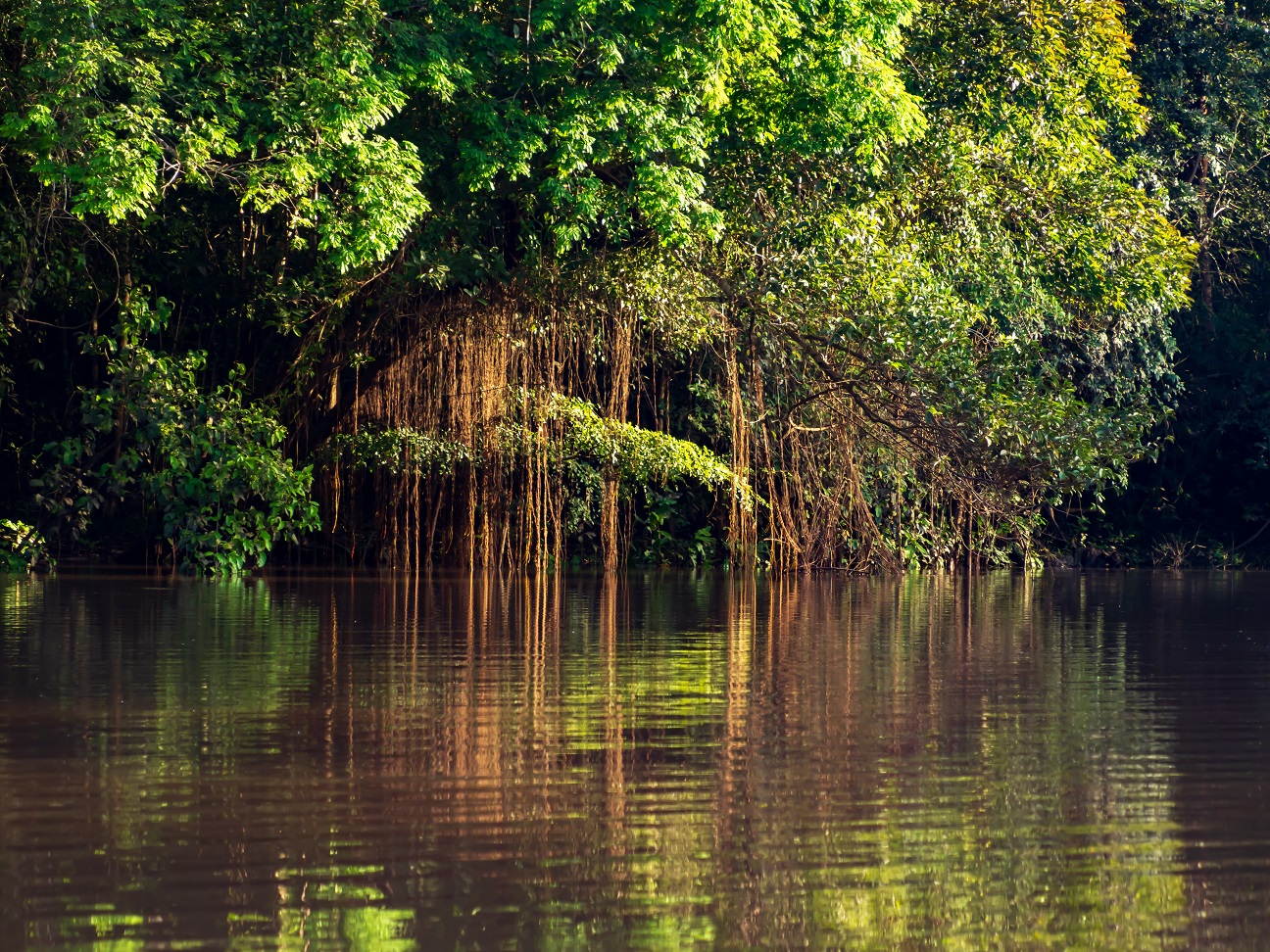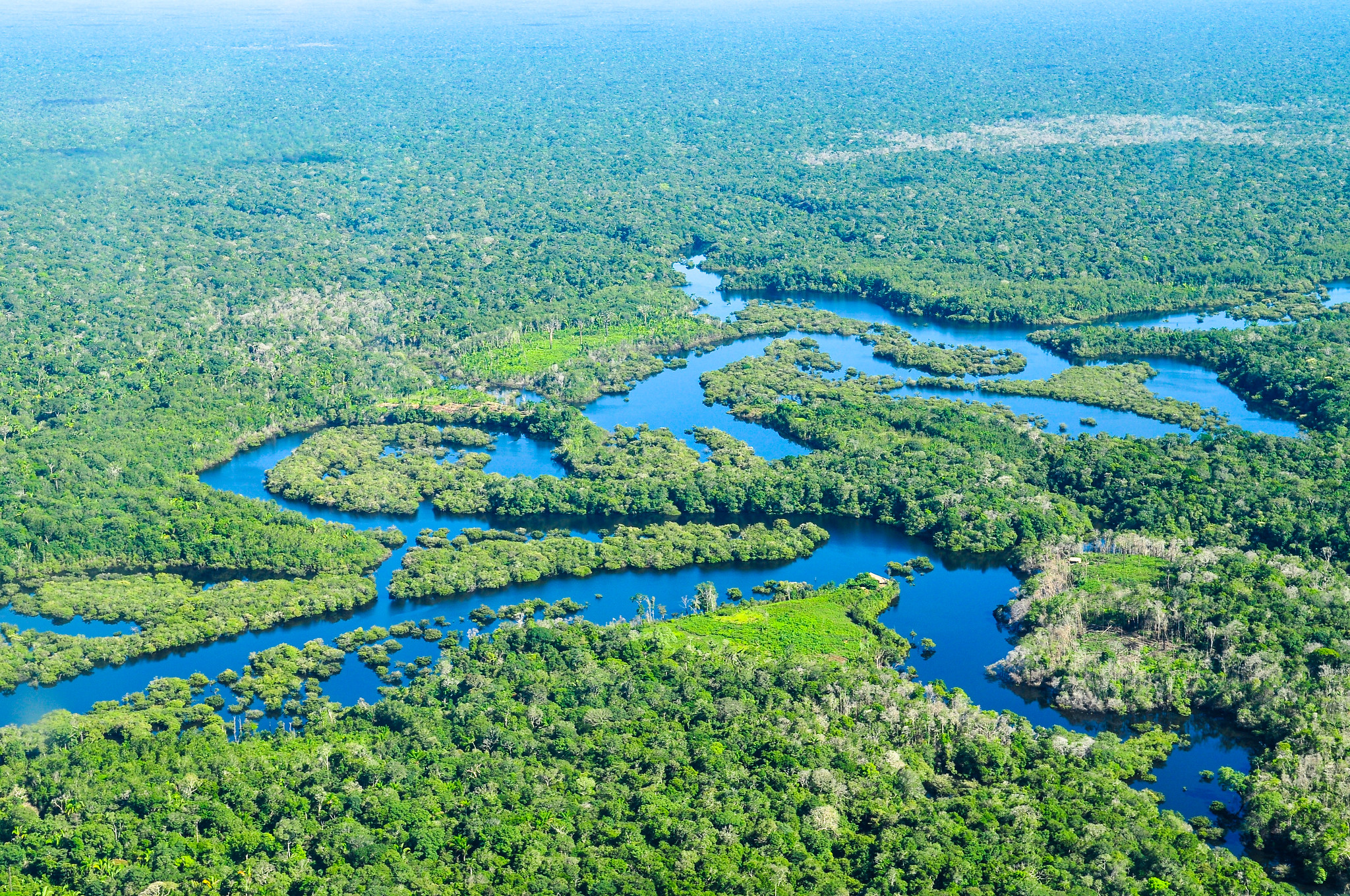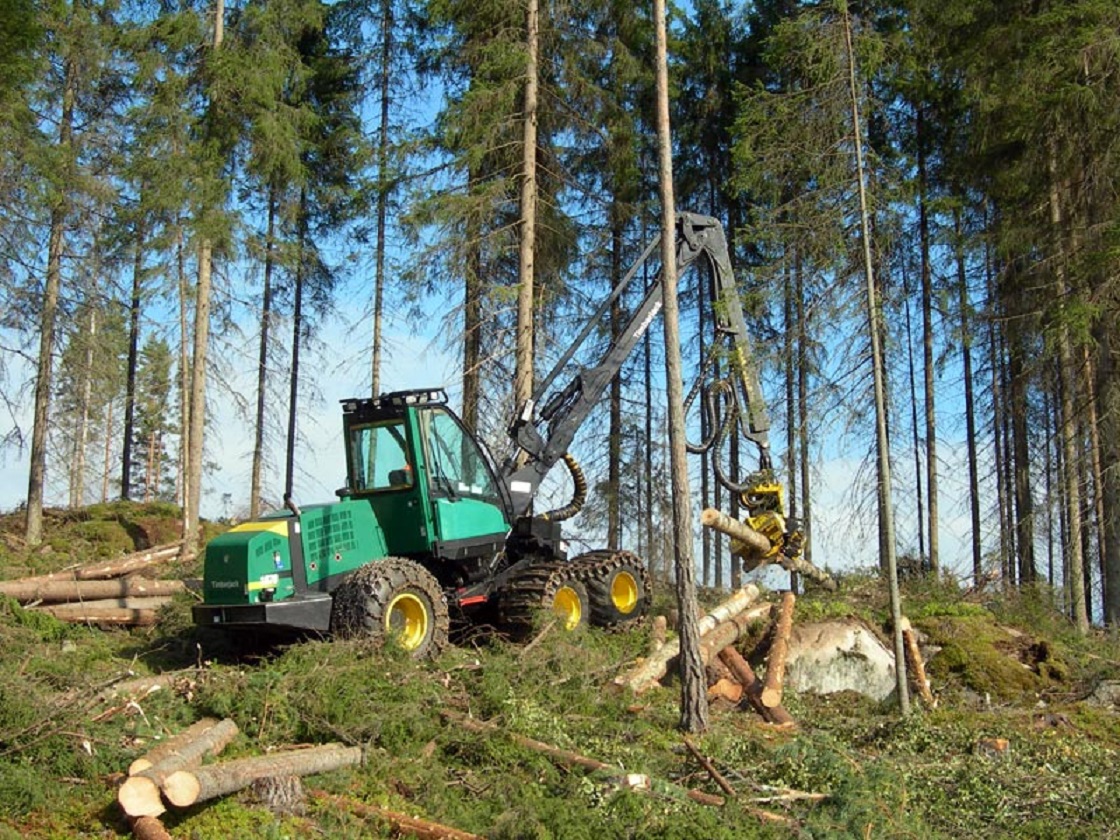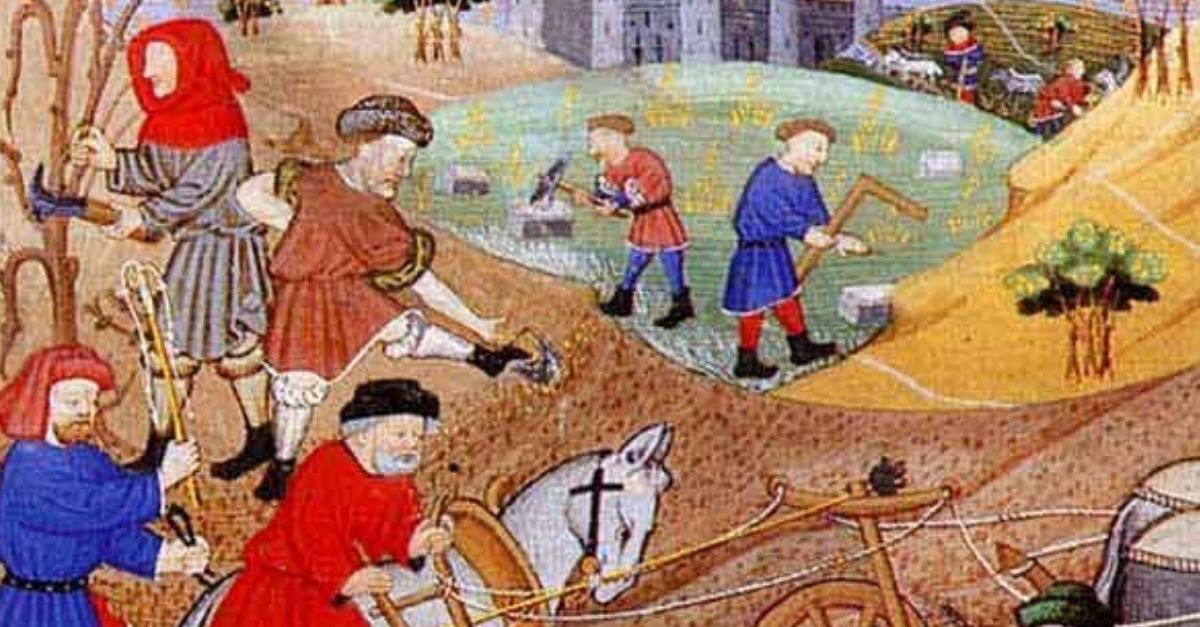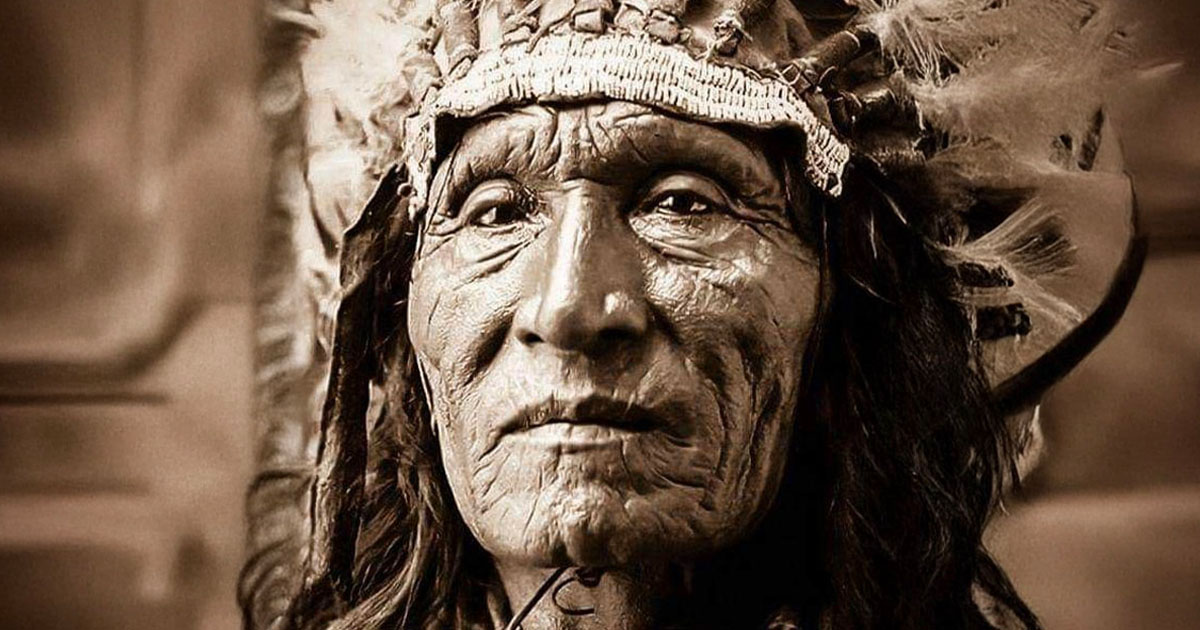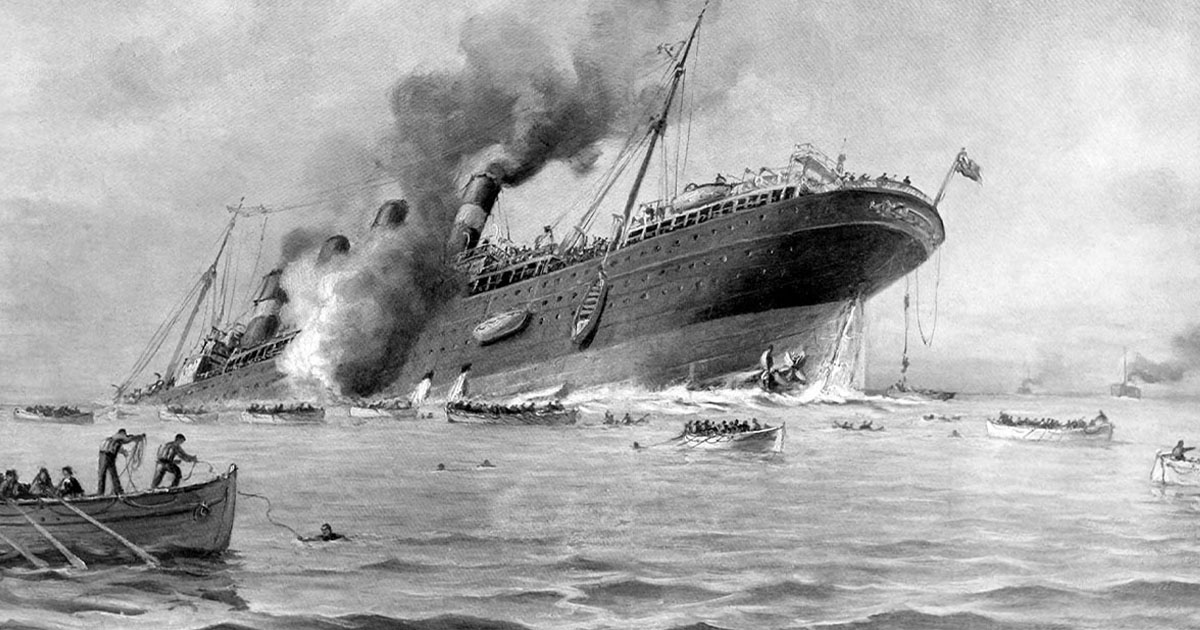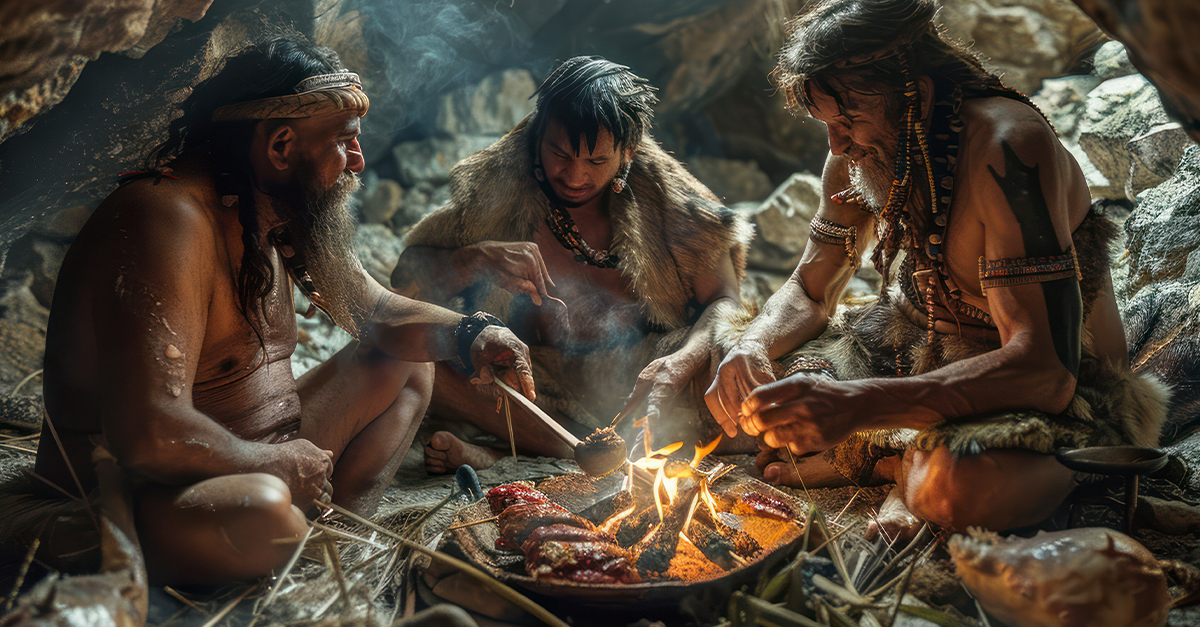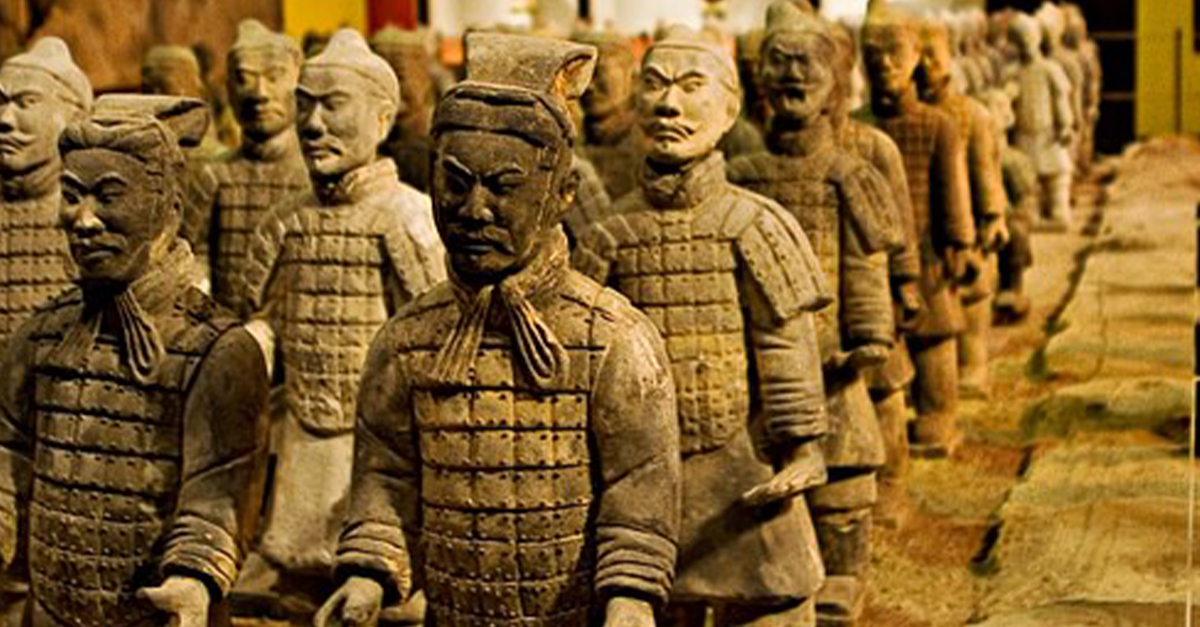Uncontacted
Modern civilization has encroached on nearly every corner of the globe, but a few uncontacted tribes still do exist today, almost exclusively in dense rainforests or on isolated islands.
The Ayoreo
Though not all of the Ayoreo people have cut off contact to the outside world, approximately 100 of them live uncontacted in the rainforests of Paraguay.
They're Hunter-Gatherers
They live a nomadic lifestyle and still mostly hunt and forage for food, though they do grow food in a limited capacity. But that doesn’t mean people haven’t tried to contact them.
Missionaries
The first Christian missionaries made contact with the Ayoreo in the 18th century, but they abandoned their mission and no contact was made again until the 20th century. And when missionaries made contact, things immediately went wrong.
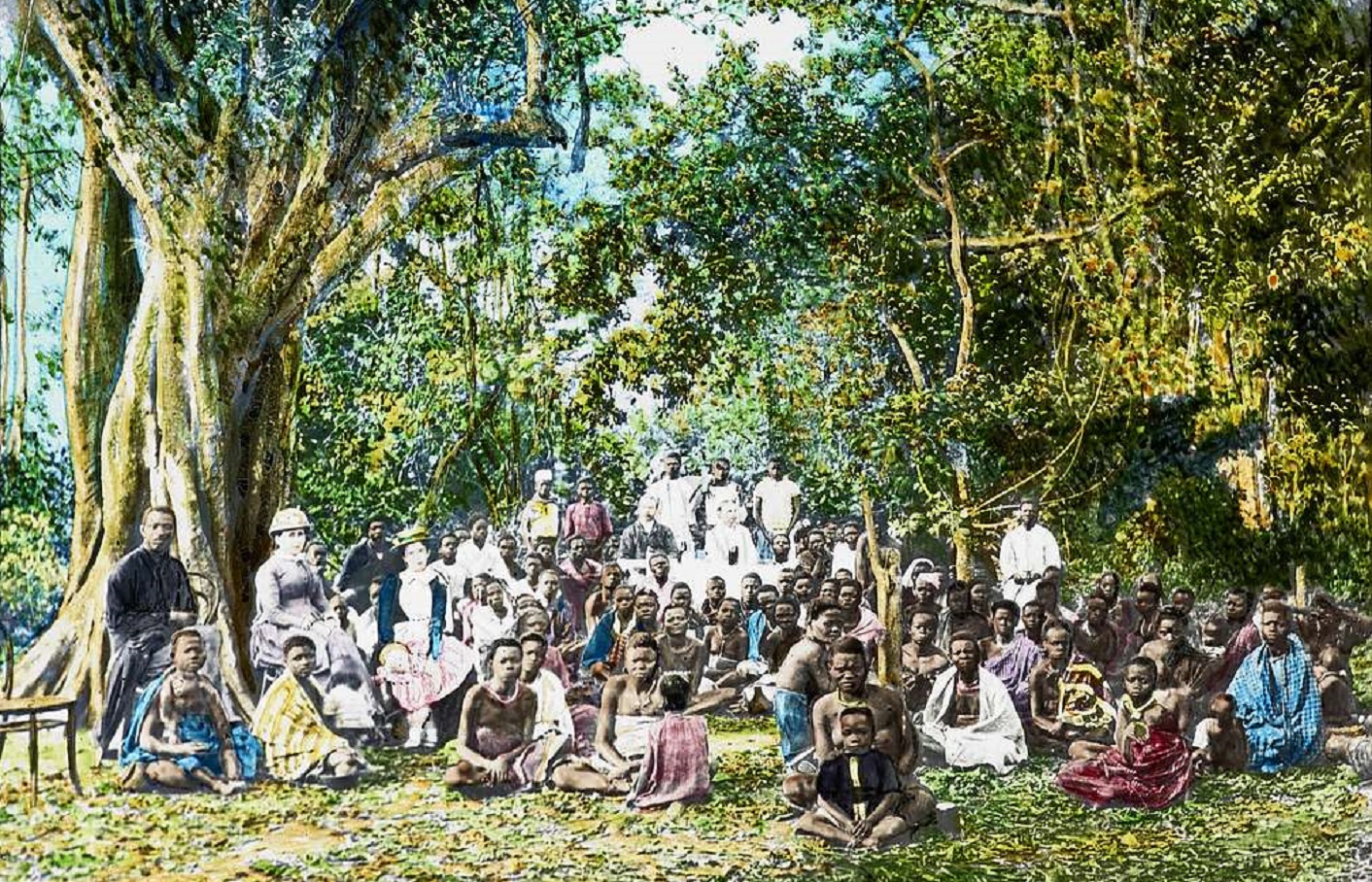 The University of Edinburgh School of Divinity, Picryl
The University of Edinburgh School of Divinity, Picryl
Disease
Between forcibly removing them from their land and bringing fatal diseases like measles, further attempts to convert the uncontacted Ayoreo reduced theur numbers. Little surprise, then, that the uncontacted tribes have attacked a group of outsiders as recently as 1998.
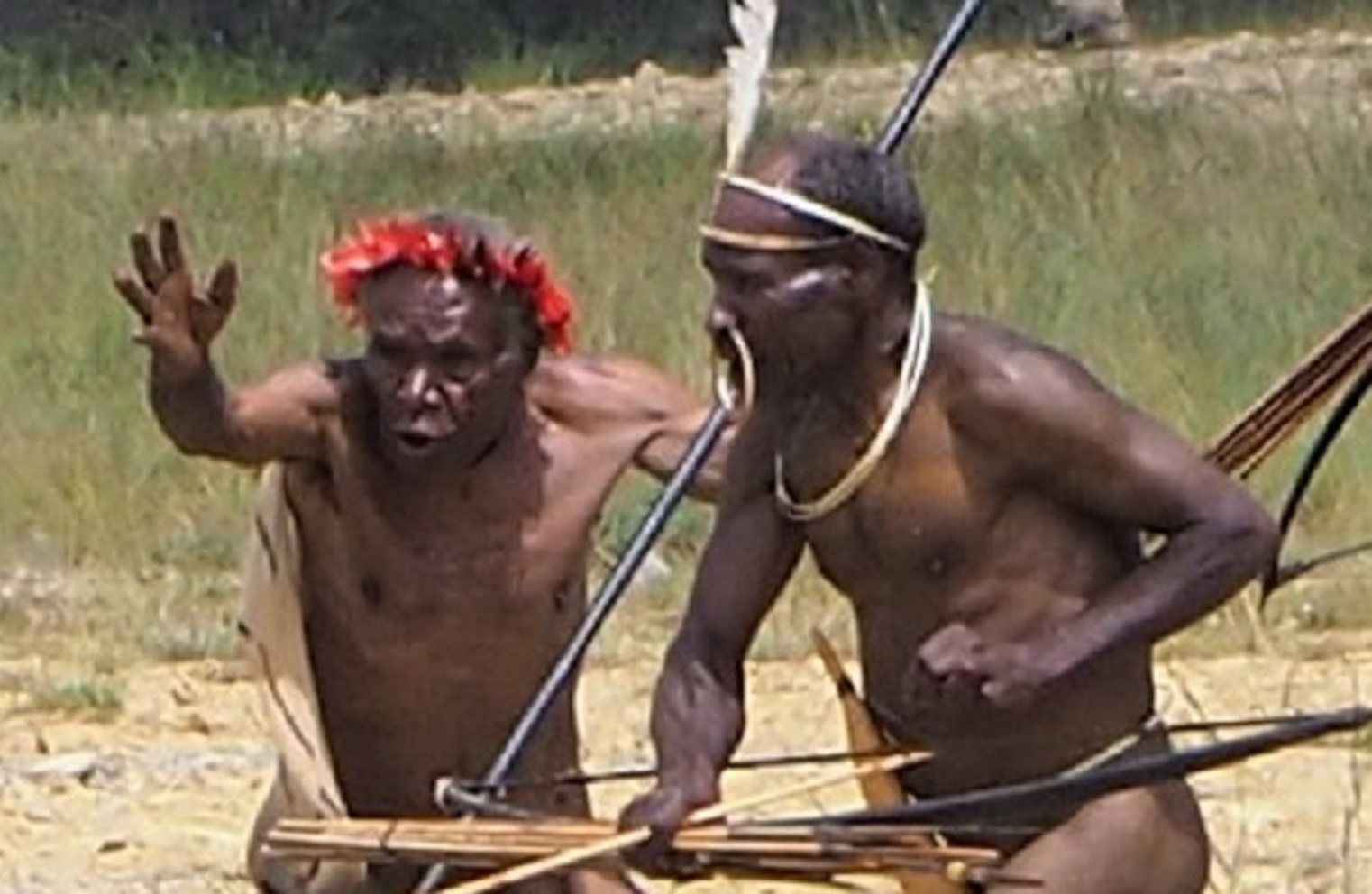 Nurul Ichlasiah, CC BY-SA 4.0, Wikimedia Commons
Nurul Ichlasiah, CC BY-SA 4.0, Wikimedia Commons
The Last Ones
The Ayoreo who have shunned civilization are the last remaining group of uncontacted people south of the Amazon basin.
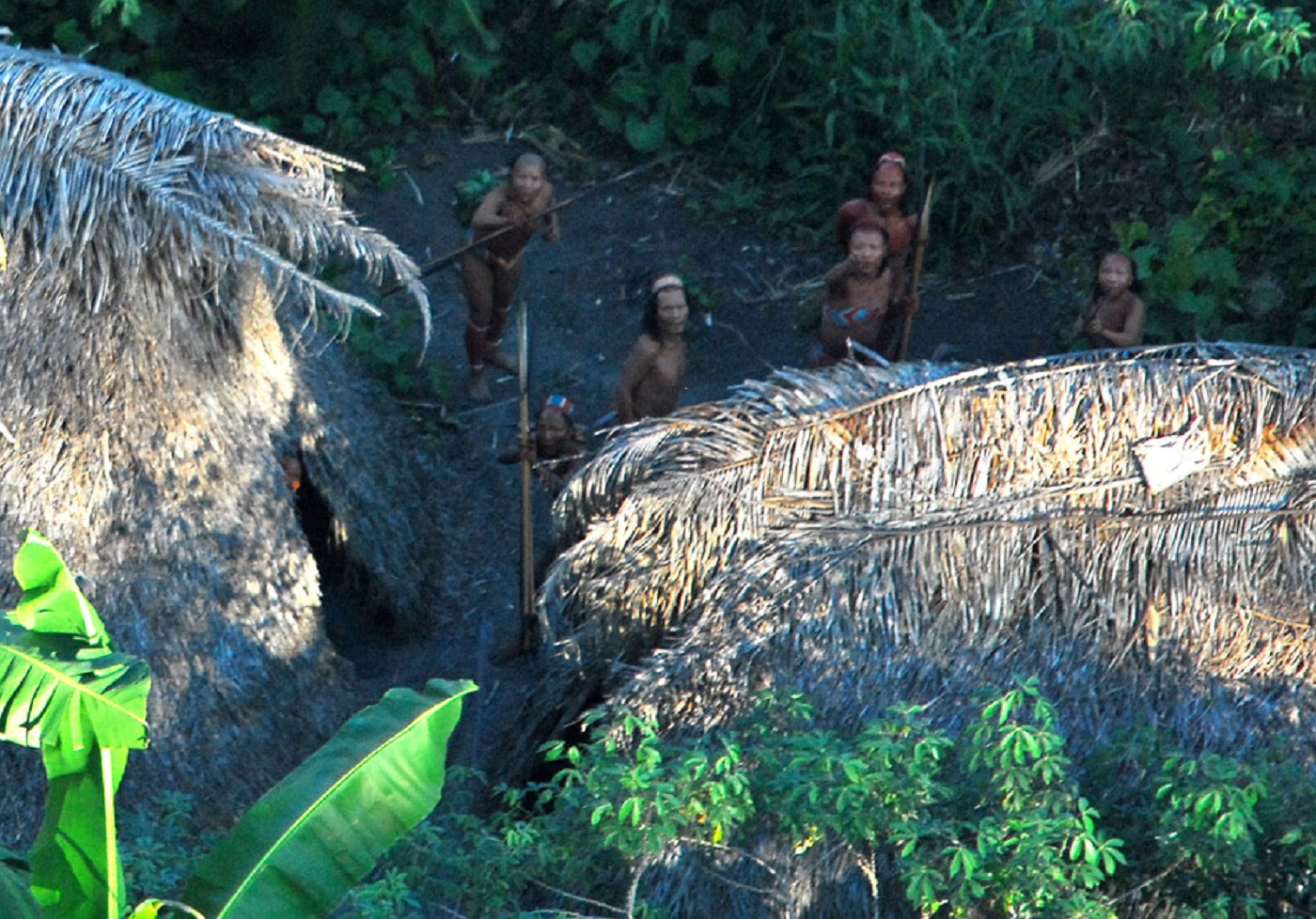 Gleilson Miranda, CC BY 2.0, Wikimedia Commons
Gleilson Miranda, CC BY 2.0, Wikimedia Commons
Some Were Forced Out Of The Forest
Remaining isolated from modern society gets more difficult every year. Though some of the Ayoreo chose to remain uncontacted, the constant destruction of their forest forced 17 members of the tribe to make contact in 2004.
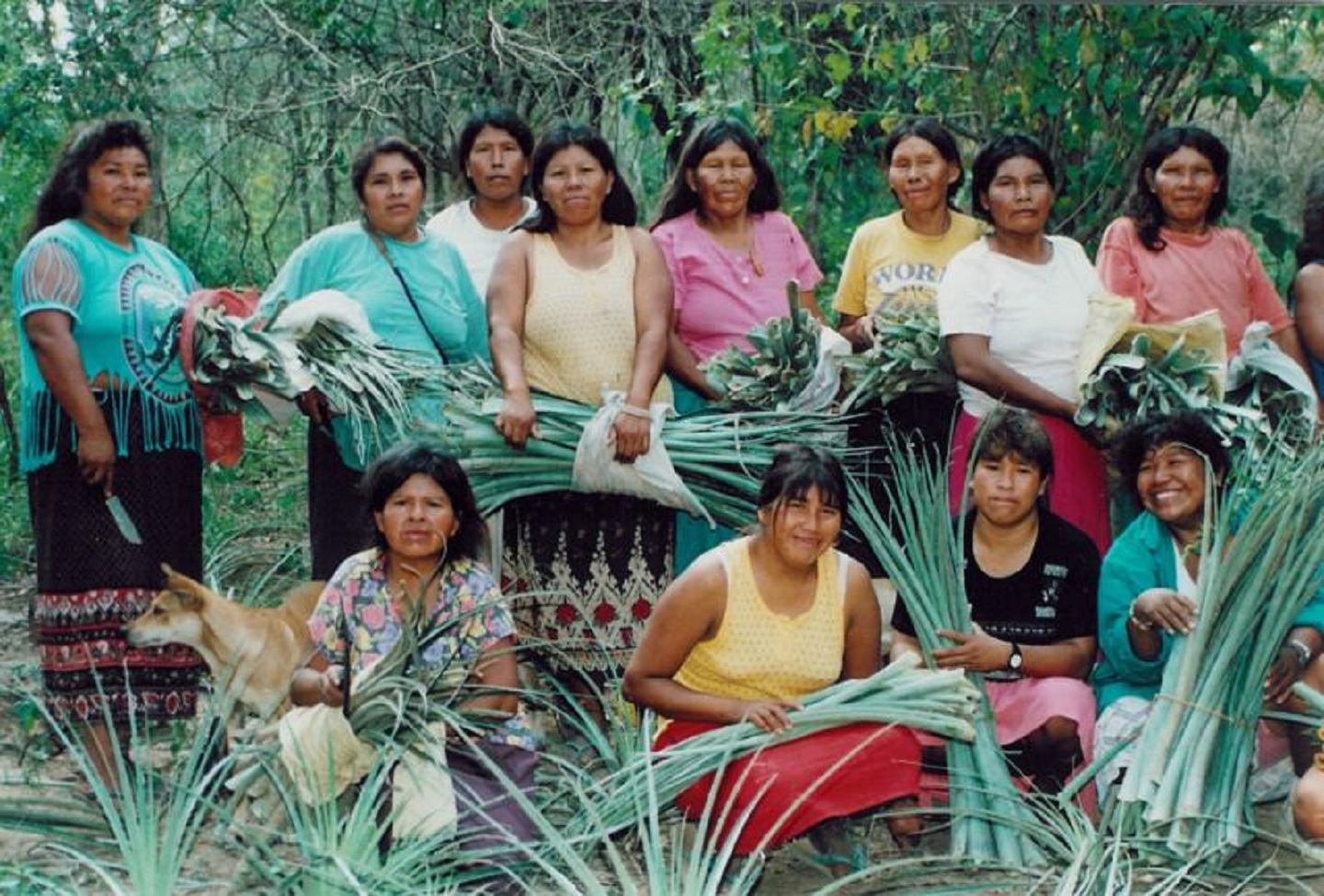 David Lazarus, CC BY-SA 4.0, Wikimedia Commons
David Lazarus, CC BY-SA 4.0, Wikimedia Commons
The Nukak
The Nukak people of Southeast Colombia managed to remain completely isolated from modern society until 1981. Their story has not improved since then.
Their Population Halved
Since first contact was made with the Nukak, their population has fallen by half, primarily due to disease. However, the cocoa growers, ranchers, guerillas, and paramilitary groups that have encroached on their territory didn’t help either.
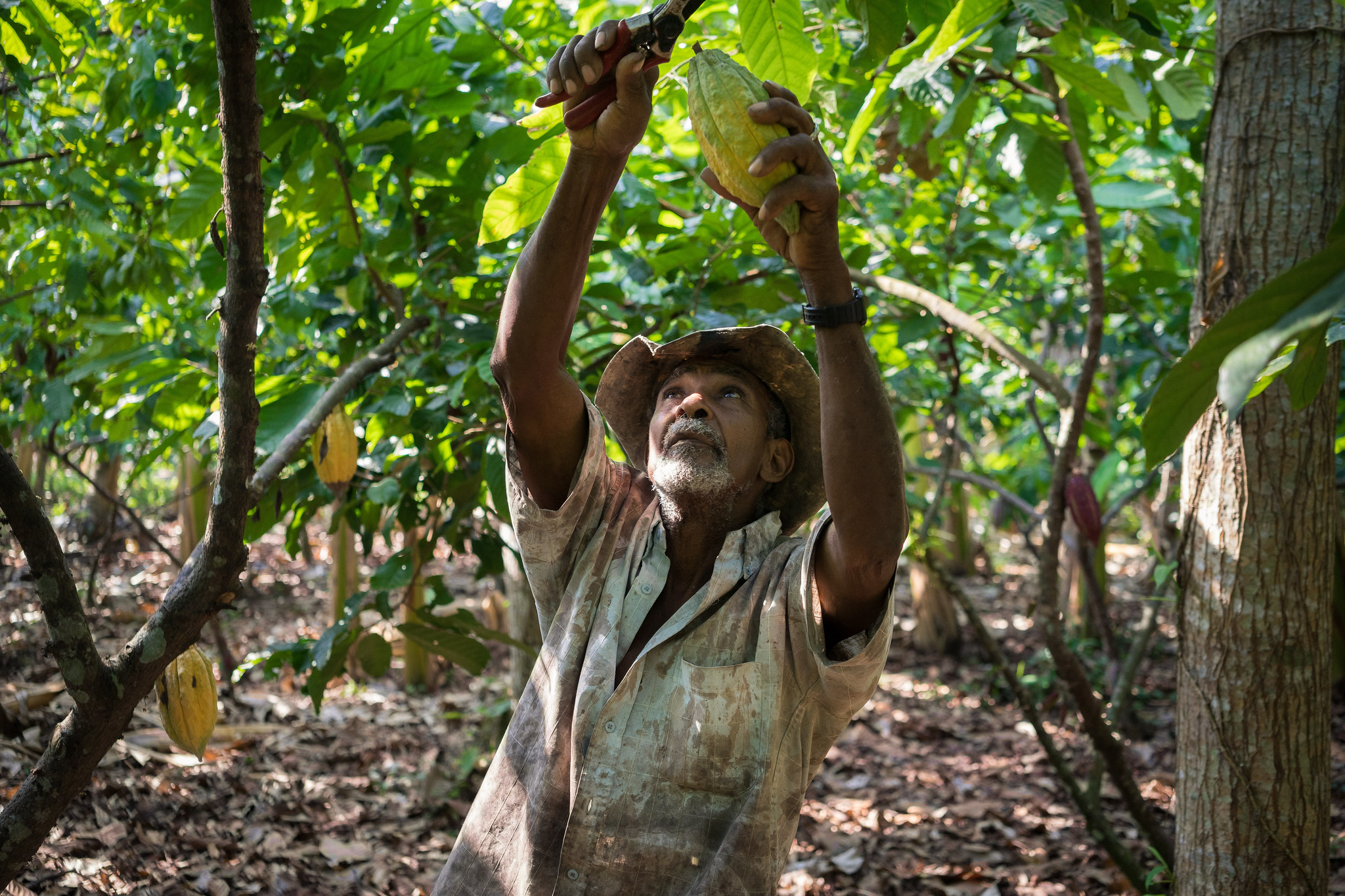 USAID U.S. Agency for International Development, Flickr
USAID U.S. Agency for International Development, Flickr
Hunters
The Nukak are extremely effective hunters, using blowdarts coated with a poisonous substance called “manyi” to catch birds, monkeys and more. They don’t, however, hunt the local brocket deer, which they value and believe shares an ancestor with humans.
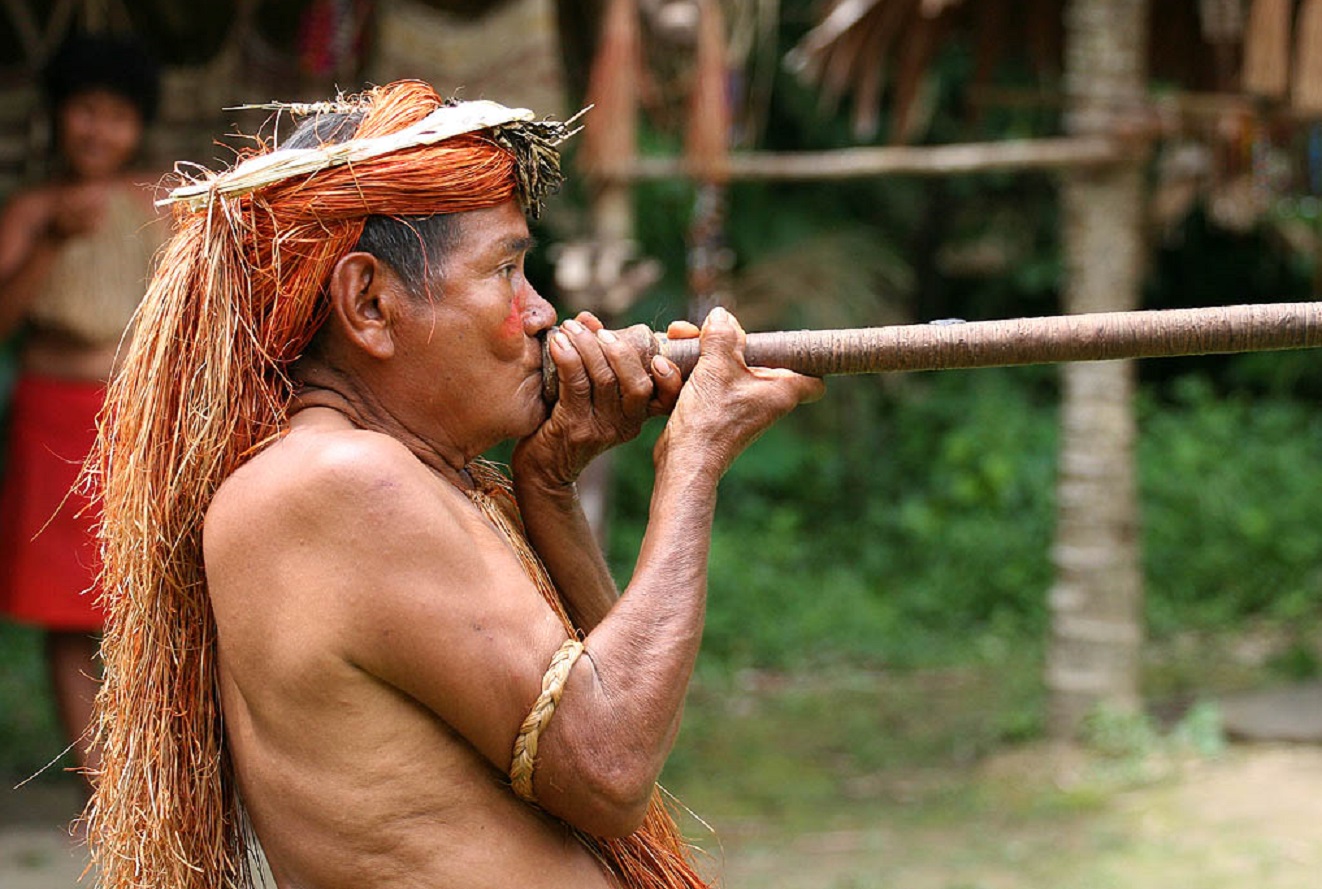 JialiangGao , CC BY-SA 4.0, Wikimedia Commons
JialiangGao , CC BY-SA 4.0, Wikimedia Commons
The Carabayo
The Carabayo, or Yacumo people, are another uncontacted tribe in Colombia, who live in the Amazon rainforest. They are legally protected today—and with good reason.
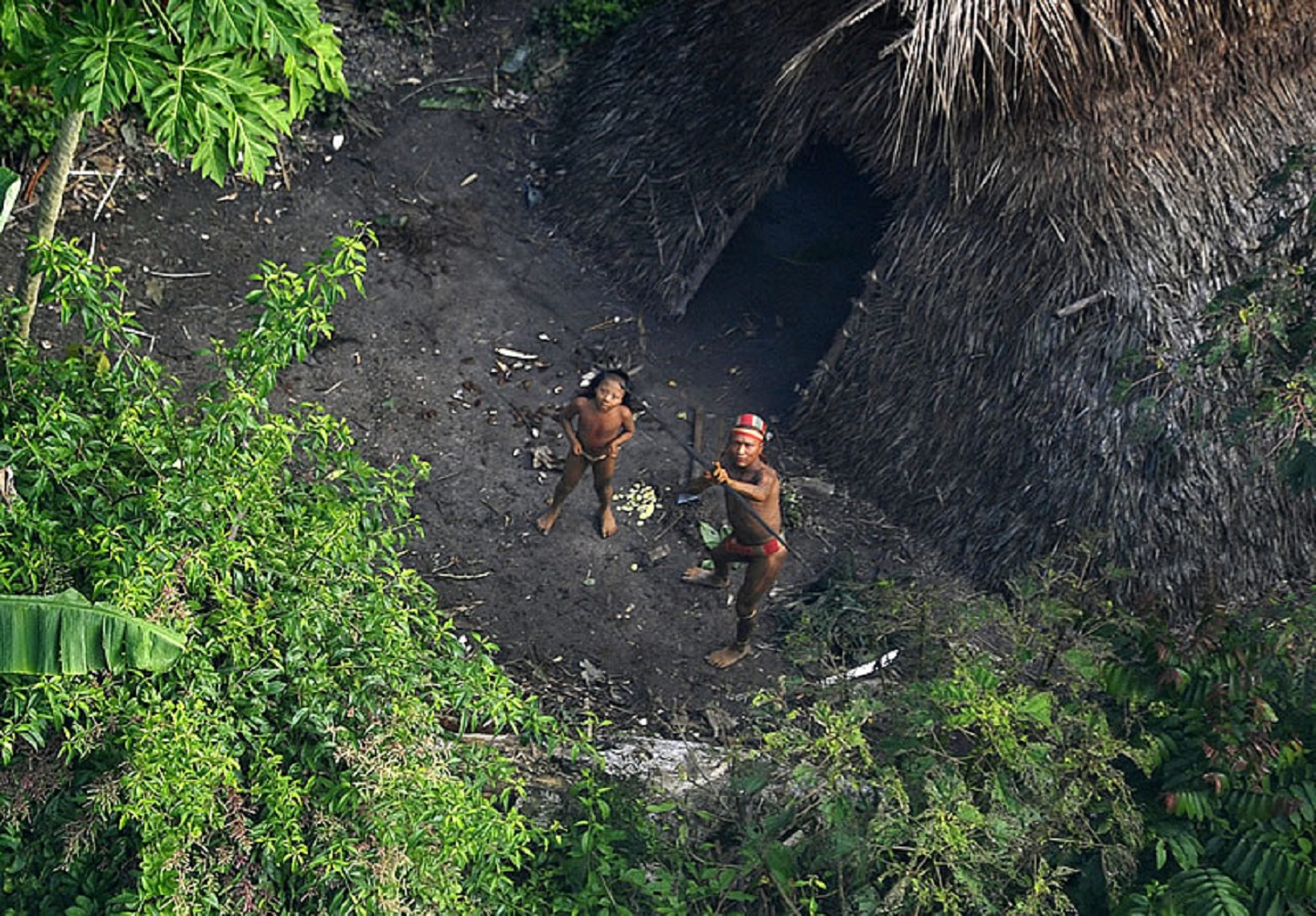 Gleilson Miranda, CC BY 2.5 BR, Wikimedia Commons
Gleilson Miranda, CC BY 2.5 BR, Wikimedia Commons
They Want Nothing To Do With Us
The Carabayo have had brief contact with civilization intermittently for the last 400 years—but each time led to violence and death, so the tribe retreated into isolation. Today, attempting to contact them is against Colombian law.
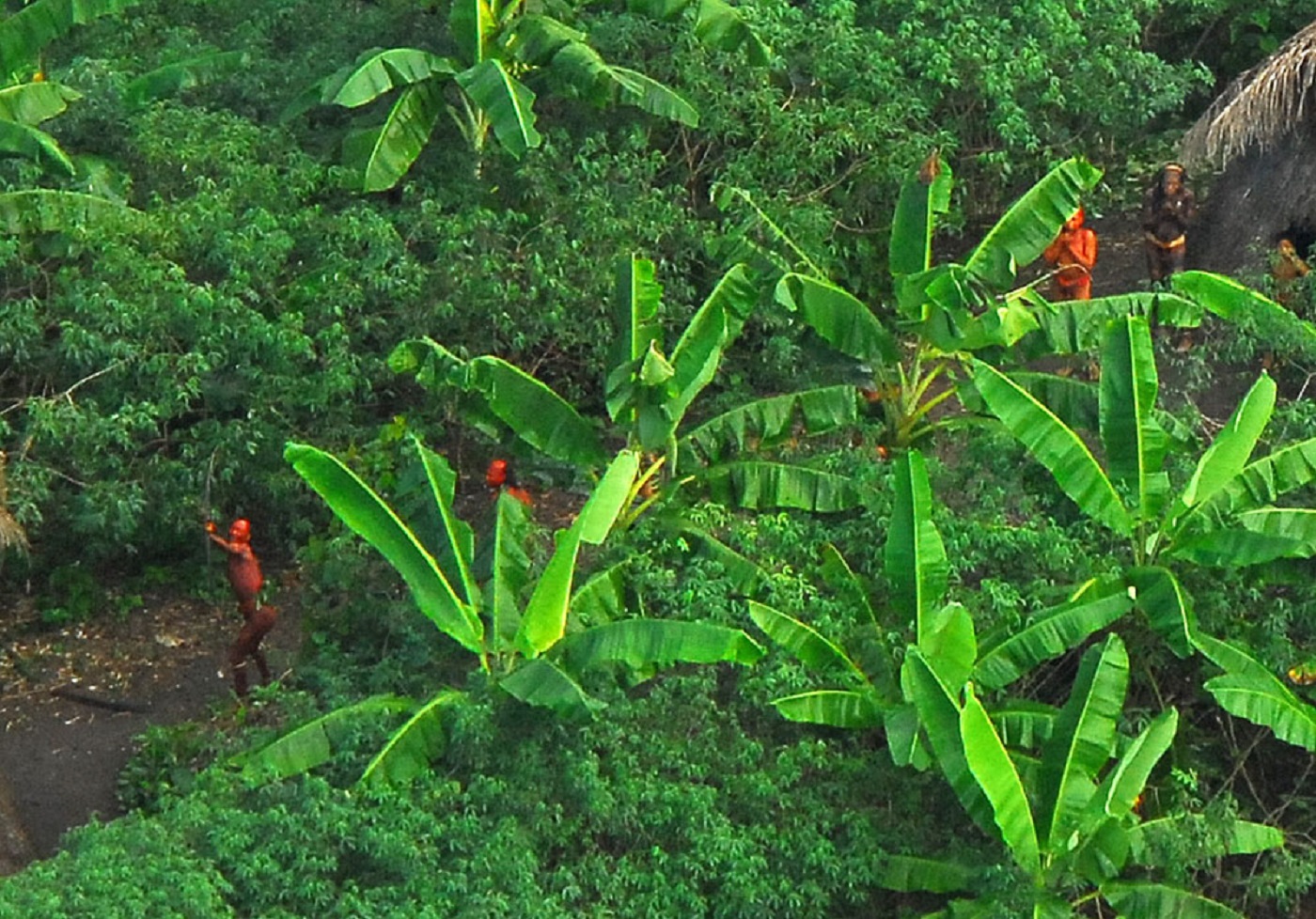 Gleilson Miranda/FUNAI, CC BY 2.0, Wikimedia Commons
Gleilson Miranda/FUNAI, CC BY 2.0, Wikimedia Commons
The Piripkura
Few uncontacted tribes enjoy happy stories, but the Piripkura have had a particularly rough time. Though once numbering 100 individuals, the usual combination of attacks and disease decimated their population. Today, only three Piripkura survive.
Rita
One of the surviving Piripkura, a woman named Rita, fled her land after loggers slaughtered her family.
She Returned To Her Home
After further exploitation from civilization, Rita eventually led an expedition back into her lands, where they found the two last remaining Piripkura.
The Last Two
The final two Piripkura are a man named Pakyî and his nephew Tamandua. They live alone on their territory, relying on traditional hunting techniques.
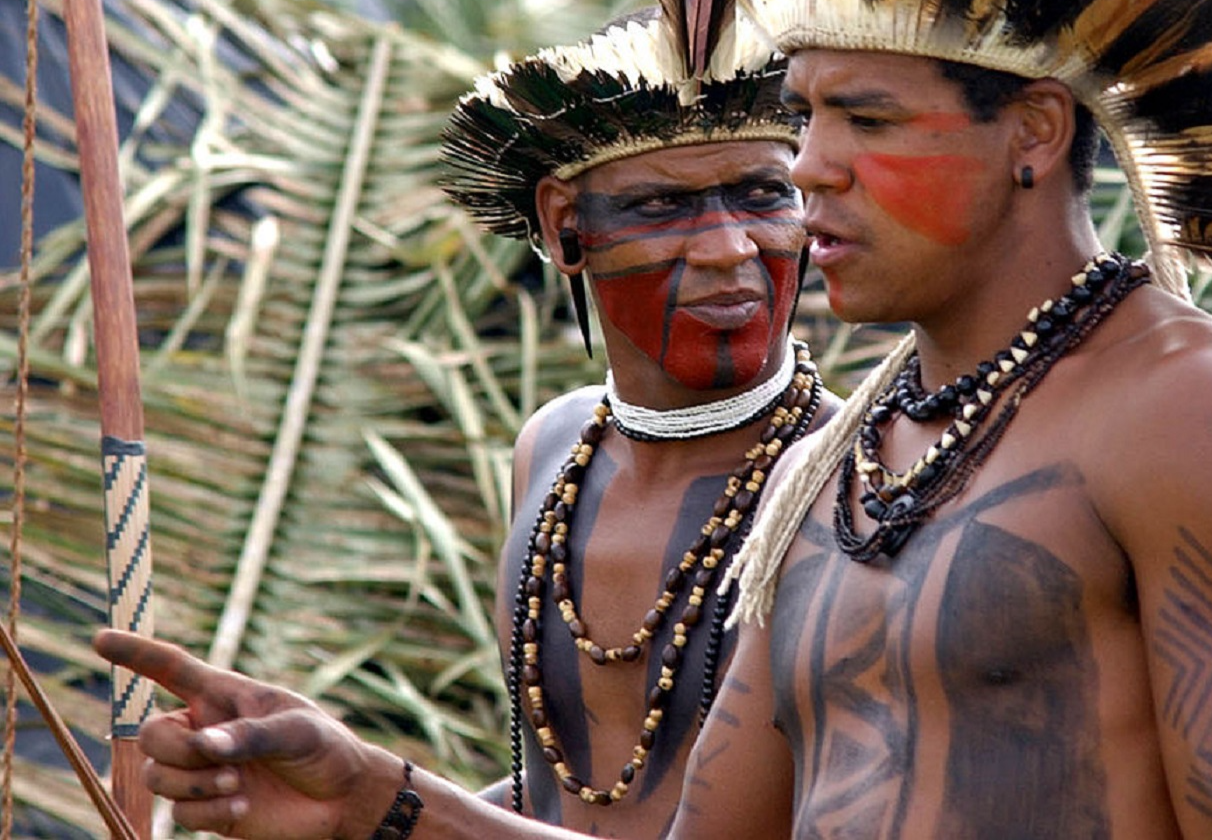 Unknown Author, Wikimedia Commons
Unknown Author, Wikimedia Commons
The Tagaeri
The Tagaeri of the Ecuadiorian Amazon Basin are a Huaorani tribe named after one of their members who had brief contact with civilization, Tagae.
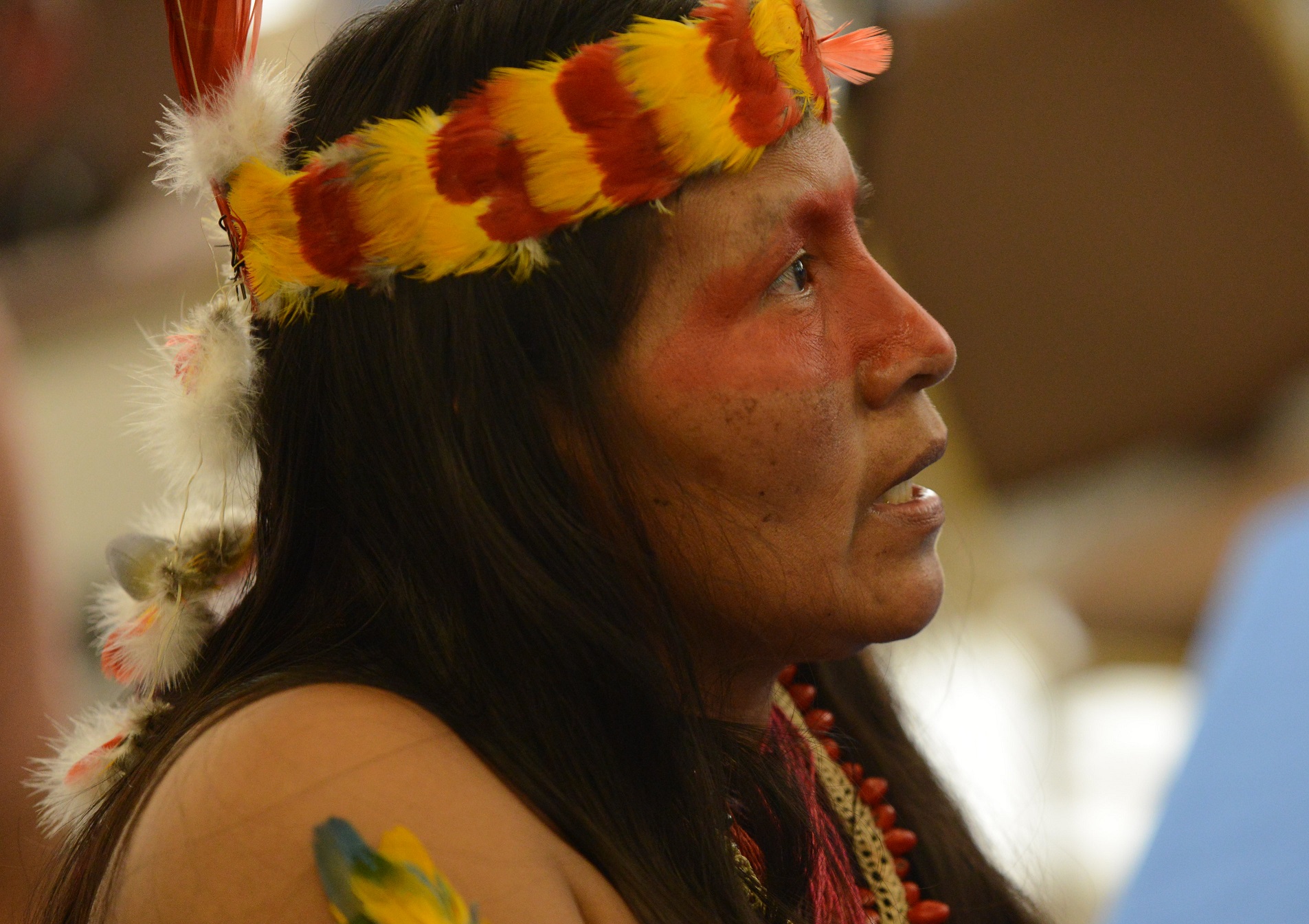 Comisión Interamericana de Derechos Humanos, Flickr
Comisión Interamericana de Derechos Humanos, Flickr
There Are Very Few Left
As with most uncontacted tribes, it’s difficult to say just how many Tagaeri live in Ecuador today, but estimates are as low as 20-30 members remaining.
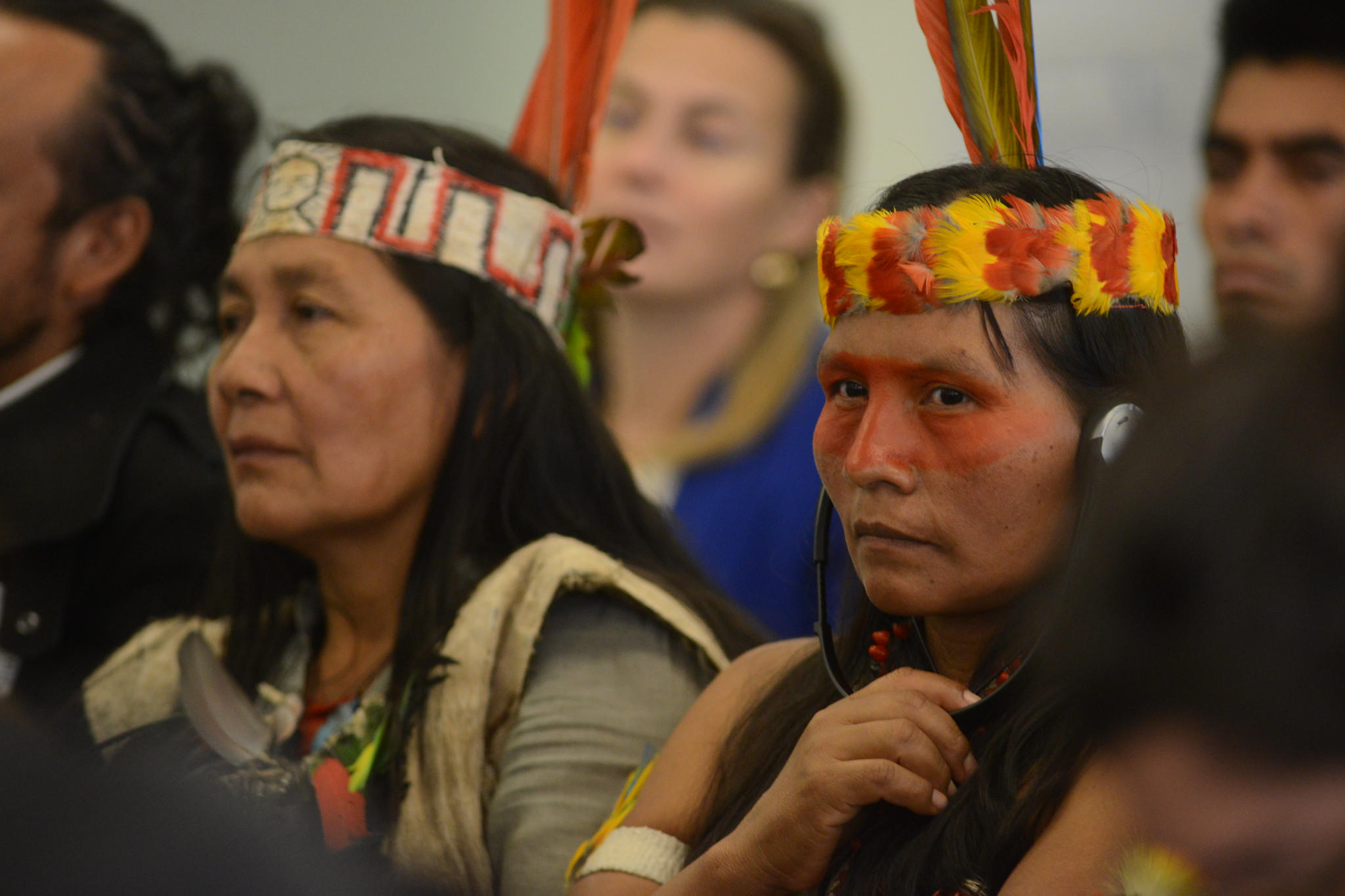 Comisión Interamericana de Derechos Humanos, Flickr
Comisión Interamericana de Derechos Humanos, Flickr
They Chose This Life
When missionaries first made contact with the Huaorani, Tagae and several other families broke off from the main tribe, preferring to live in isolation.
They Fight Back
The Tagae have actively fought back against intrusion from the outside world, and they have attacked settlements in reprisal for attempts to contact and convert them.
They Fight With Spears
As recently as 2008, the Tagae claimed the life of a rare wood poacher, who was found with nine spears sticking out of his stomach.
The Taromenane
The other uncontacted tribe in Ecuador is the Taromenane, who live in Yasuni National Park. Like the Tagae, they are believed to be related to the Huaorani people, having splintered off and lived in isolation since first contact with outsiders.
They Need Protection
Though the Taromenane have chosen to live in isolation, civilization is still wrecking havoc in their lives. In 2008, five tribespeople were slain by illegal loggers, prompting an investigation by Ecuadorian authorities.
The Uncontacted Tribes Of West Papua
One of the wildest places on earth, there are more than 40 uncontacted tribes in the West Papua region of Indoneisa.
We Know Little About Them
Though some tribes, such as the Korowai, have established contact in West Papua, there are still many groups living in isolation. We know very little about these tribes—but maybe that is a good thing.
Out Of Sight, Out Of Mind
While some human rights organizations attempting to spread awareness of the uncontacted tribes in West Papua, in order to prevent the destruction of their land, others prefer to keep information about them vague, hopefully to avoid encouraging missionaries and adventurers from trying to establish contact.
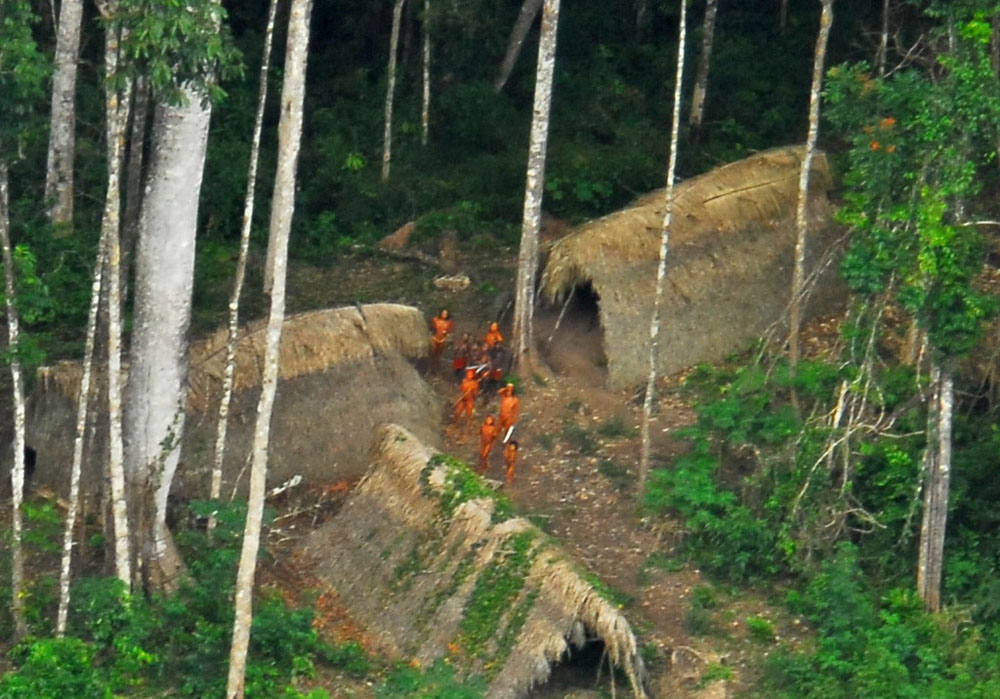 Gleilson Miranda ,CC BY 2.0, Wikimedia Commons
Gleilson Miranda ,CC BY 2.0, Wikimedia Commons
The Sentinelese
The Sentinelese people of North Sentinel Island in the Bay of Bengal are perhaps the most isolated tribe of humans on Earth. Their island has been a tribal reserve since 1956, protected by an armed patrol to prevent incursions.
The rare times people have attempted contact have not gone well.
They Attack Outsiders
Throughout history, the Sentinelese have been hostile and even slain outsiders who attempted to make contact with them, as recently as 2018, when an American missionary ventured onto the island.
They've Been Alone For A Long Time
The Sentinelese are related to other tribes on the other Andaman islands nearby, but based on the limited knowledge we have of their language and their customs, it’s likely that they have been isolated on their island for thousands of years.
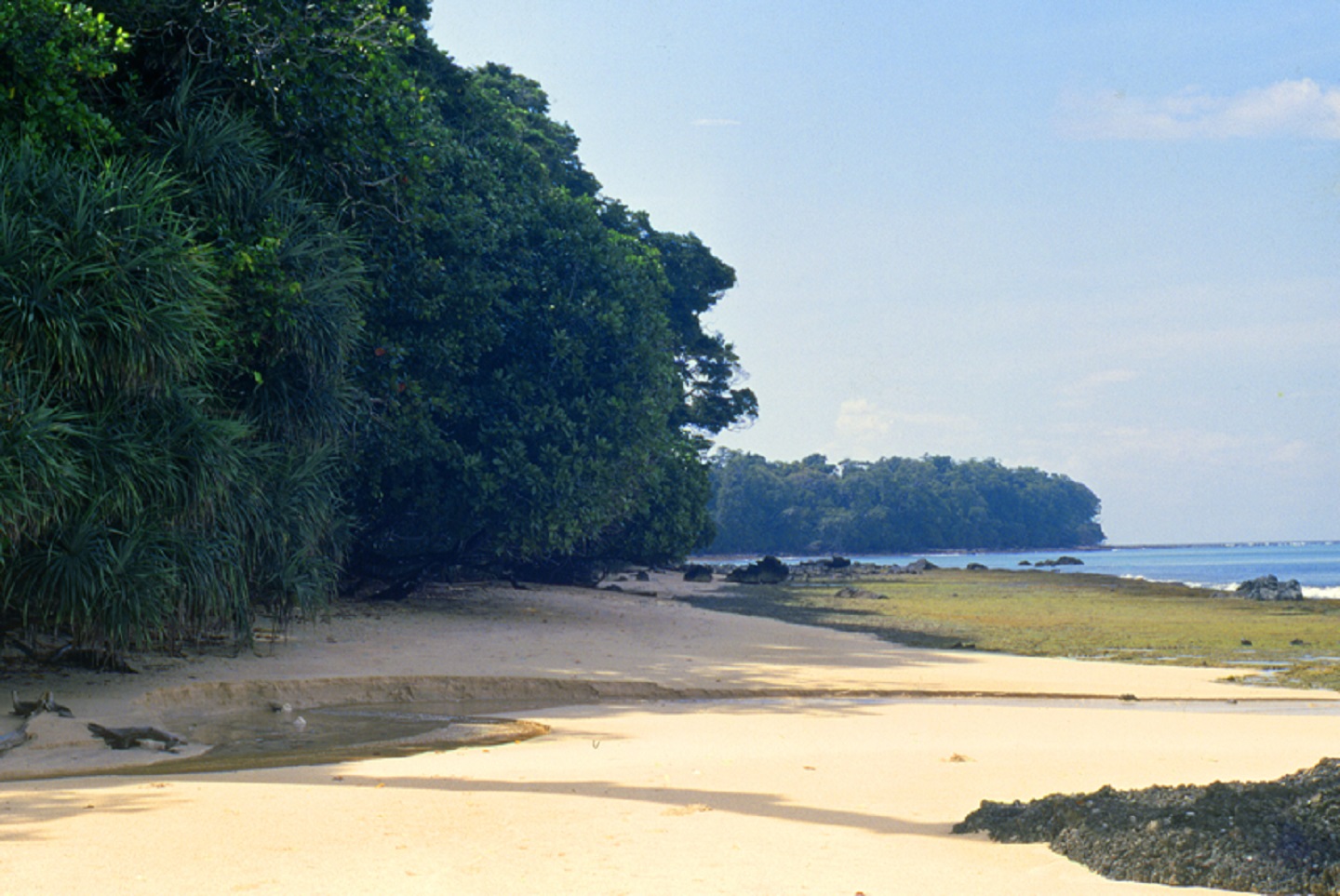 Scheherezade Duniyadar, CC BY-SA 2.0, Wikimedia Commons
Scheherezade Duniyadar, CC BY-SA 2.0, Wikimedia Commons
The Toromona
The Toromona people of the upper Madidi River in Bolivia live on an "exclusive, reserved, and inviolable" piece of land in Madidi National Park.
Workers Intrude
No non-indigenous peoples have had any contact with Toromona—or at least, that’s the official story. In 2016, the Bolivian government denied reports that their workers, working as a subsidiary of a Chinese oil company, made contact with Toromona.
The Pacahuara
There are two groups of Pacahuara people in Bolivia who refuse contact with the outside world. The first group consists of only four people—the fifth, a 57-year-old woman, having passed in 2016—living in voluntary isolation in the Pando Department.
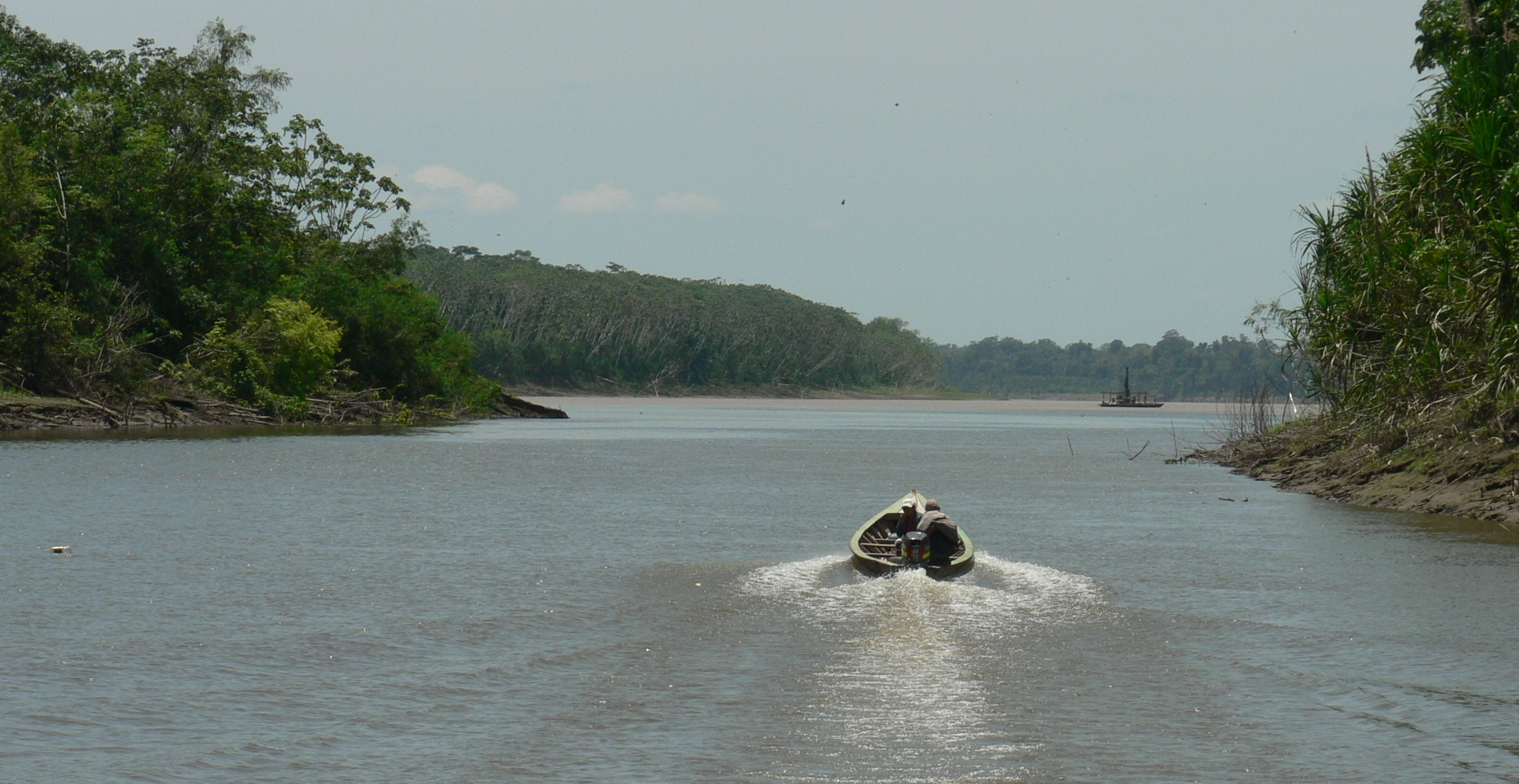 Grullab, CC BY-SA 3.0, Wikimedia Commons
Grullab, CC BY-SA 3.0, Wikimedia Commons
Only Some Are Isolated
The other group of unconcacted Pacahuaras is larger, 50 people in eight families, and lives closer to the Brazilian border. In total, the Pacahuaras population is around 230 individuals, the rest of which have contact with the outside world.
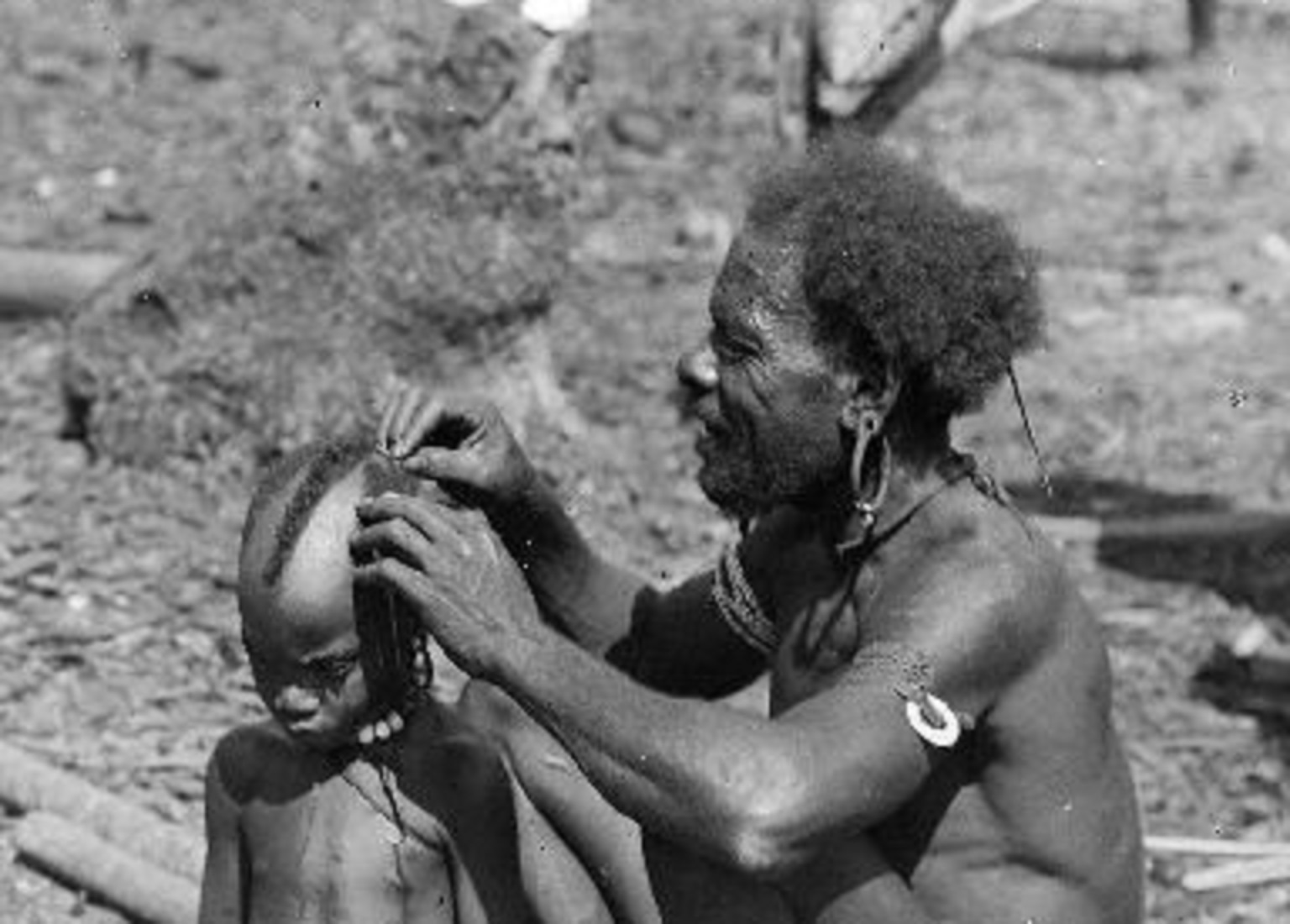 Gijsbert van der Sande, Wikimedia Commons
Gijsbert van der Sande, Wikimedia Commons
The Awá
Of the 350 Awá people in the eastern Amazon rainforest in Brazil, 100 of them have absolutely no contact with the outside world. Like nearly all of the remaining uncontacted peoples on Earth, the outside world threatens their way of life—in more direct ways than you might realize.
Loggers Threaten Them
Logging doesn’t just threaten the Awá’s way of life—it’s costing many actual lives as well. Between 2003 and 2010, around 450 Awá were murdered, often directly by illegal loggers, who have also destroyed Awá villiages in the search of more land.
They Can't Escape Us
Though many Awá still live without contact to the outside world, still it encroaches on their lives. In July, 2021, one of the tribe’s members lost their life from COVID-19.
The Kawahiva
The Kawahiva of northern Mato Grosso in Brazil have learned that the best way to avoid contact with civilization is to stay on the move. Since these nomadic people avoid interacting with anyone, most of what we know about them comes from the things they leave behind, like arrows, baskets, and hammocks.
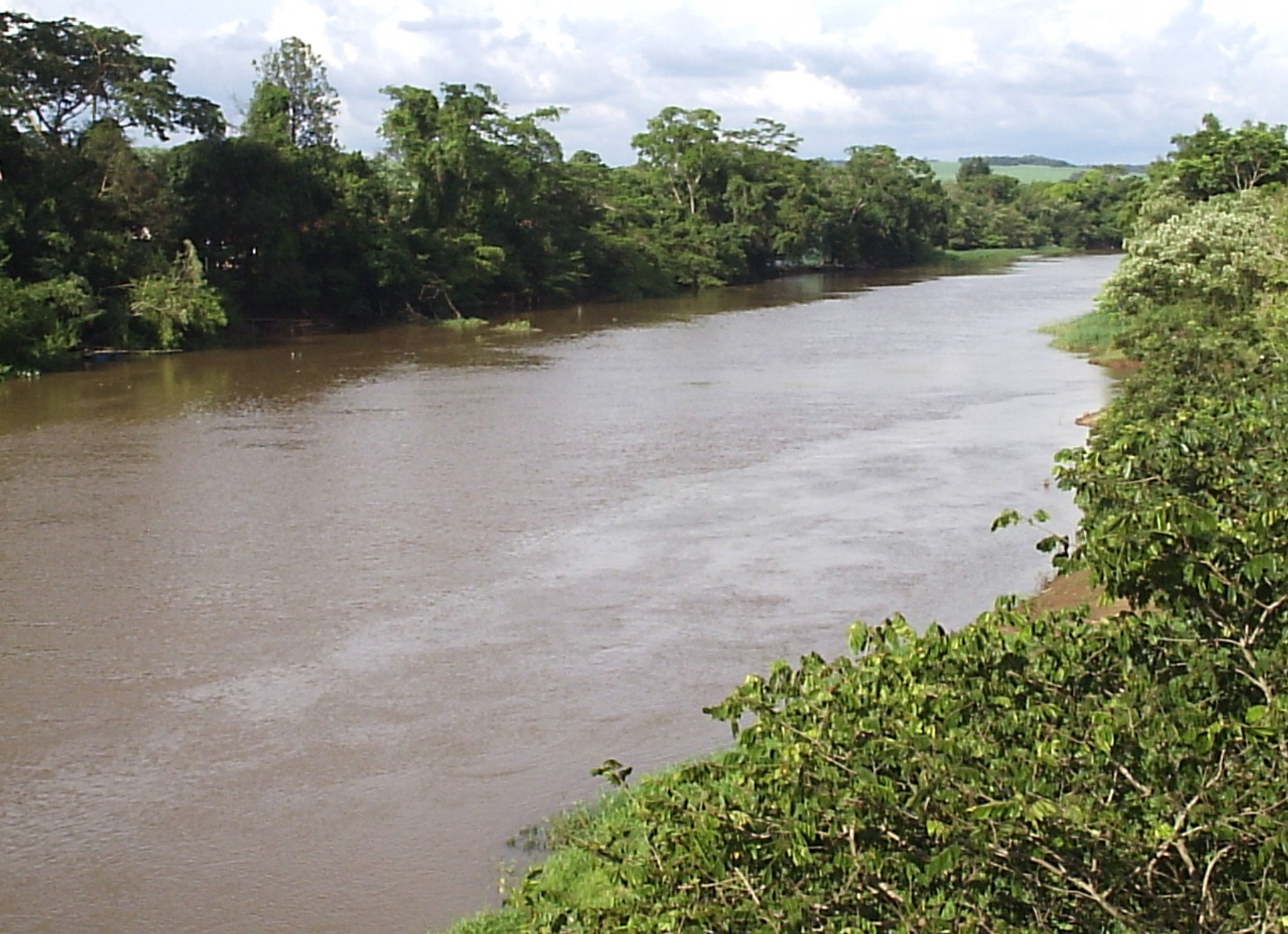 MARCO AURÉLIO ESPARZ, CC BY-SA 3.0, Wikimedia Commons
MARCO AURÉLIO ESPARZ, CC BY-SA 3.0, Wikimedia Commons
They're Losing Protection
Moving helps, but it’s becoming impossible to outrun civilization for long. Deforestation and violent encounters threaten the Kawahiva constantly. It doesn’t help that the Brazilian government keeps removing the protections on their lands, reinstating them, then removing them again.
The Korubu
Brazil’s Korubu tribe live in the lower Javari Valley of the western Amazon Basin. The Portuguese called them caceteiros, or “clubbers” because of the clubs they wield.
They Splintered
An interesting thing about the Korubu is that 20 members of the tribe split off from the rest of the group after a dispute. While the main Korubu tribe remains isolated, the splinter group has regular encounters with other tribes and even Brazilian officials.
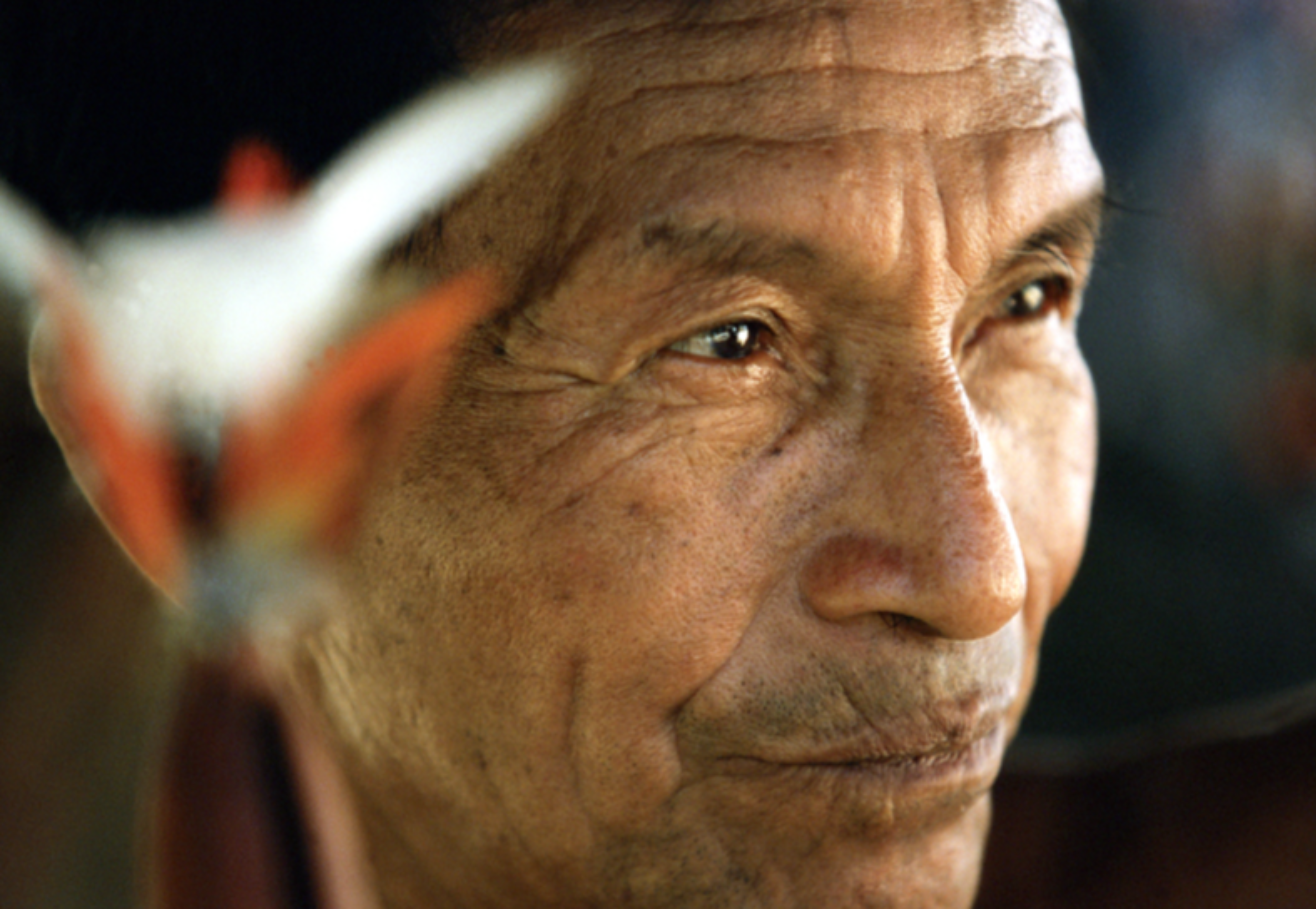 World Bank Photo Collection, Flickr
World Bank Photo Collection, Flickr
They Resisted
Contacting any members of the Korubu tribe was a bloody process that took decades. Seven civil servants lost their lives to the Korubu between 1972 and 1996.
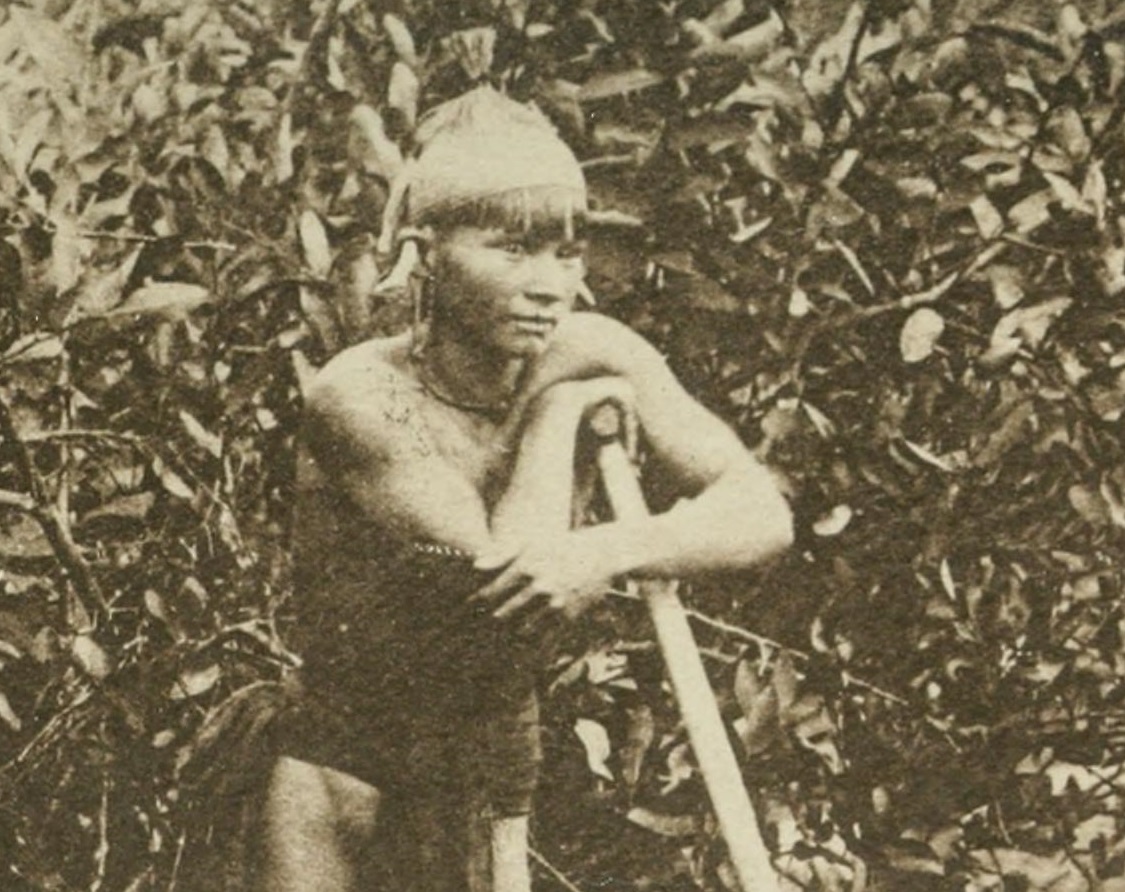 Internet Archive Book Images, Wikimedia Commons
Internet Archive Book Images, Wikimedia Commons
The Jupaú
The Jupaú people of Rondônia, Brazil live in the Uru-Eu-Uaw-Uaw Indigenous Territory, alongside two other, contacted tribes. The Jupaú had absolutely no interaction with the outside world before 1981. At that time their population was 250. By 1993, that number had dropped to 89.
They're Recovering
Though illegal logging still encroaches on their land and threatens their livelihood, the creation of the protected Uru-Eu-Uaw-Uaw Indigenous Territory has helped their numbers begin to recover.

